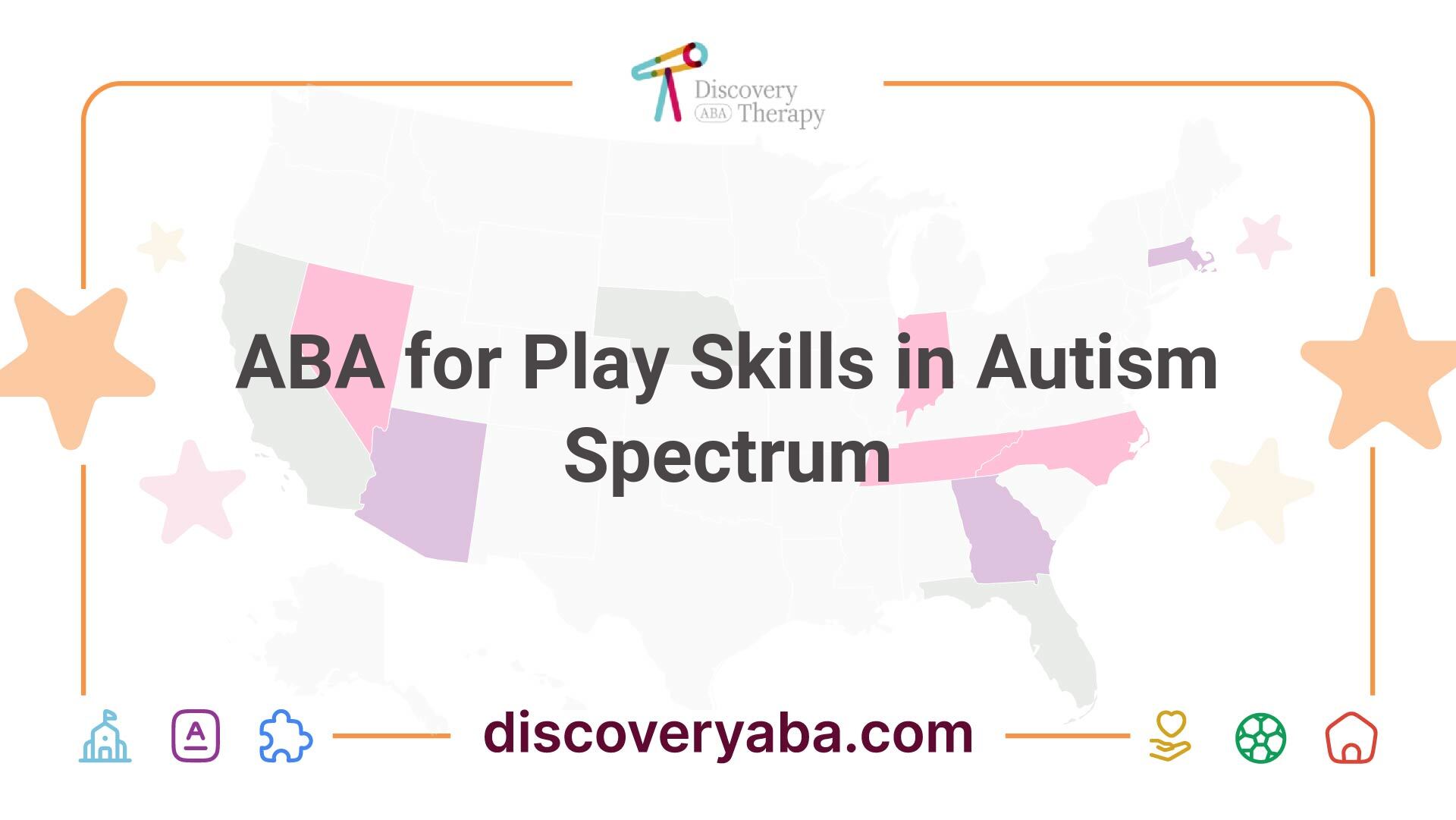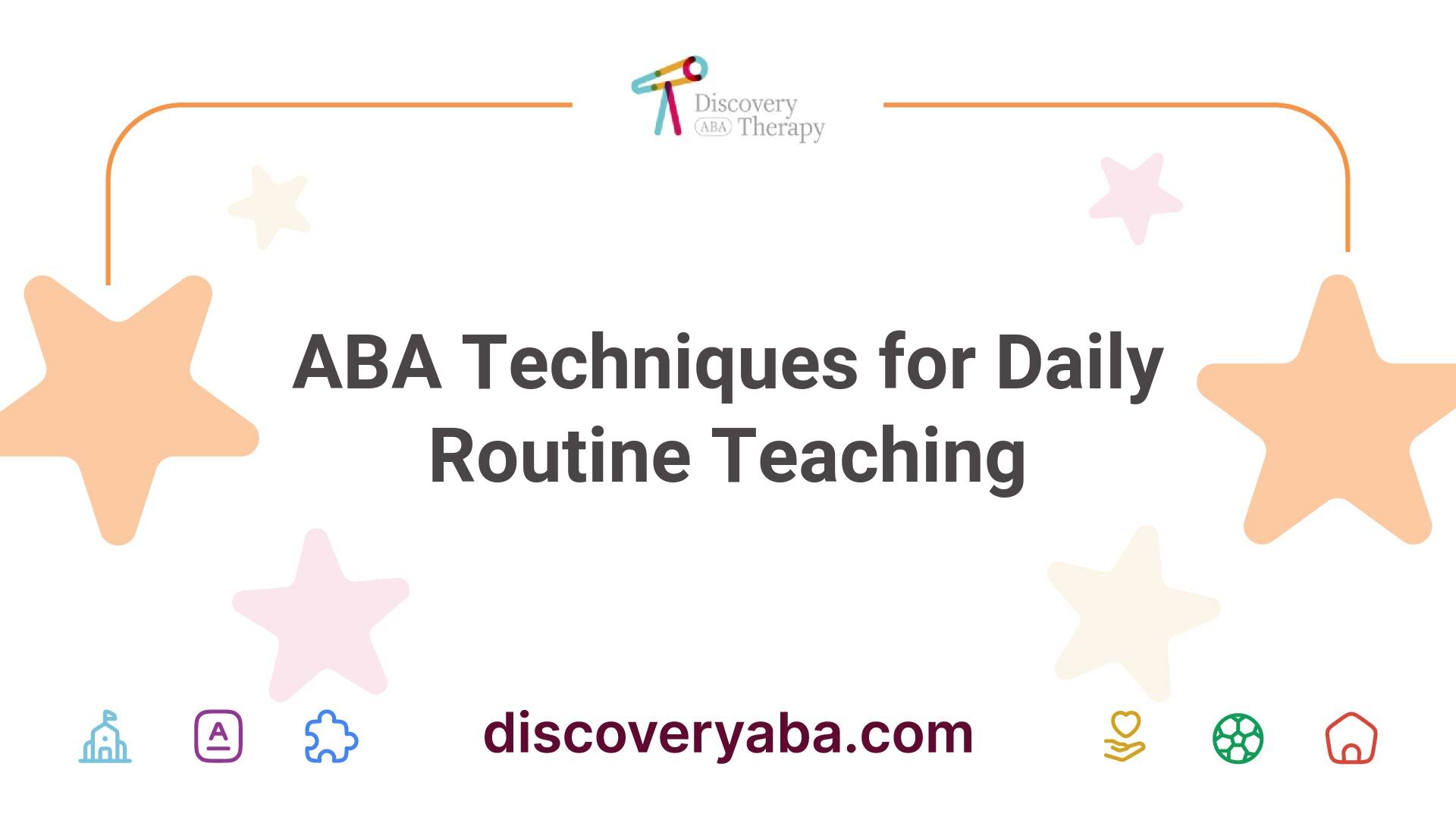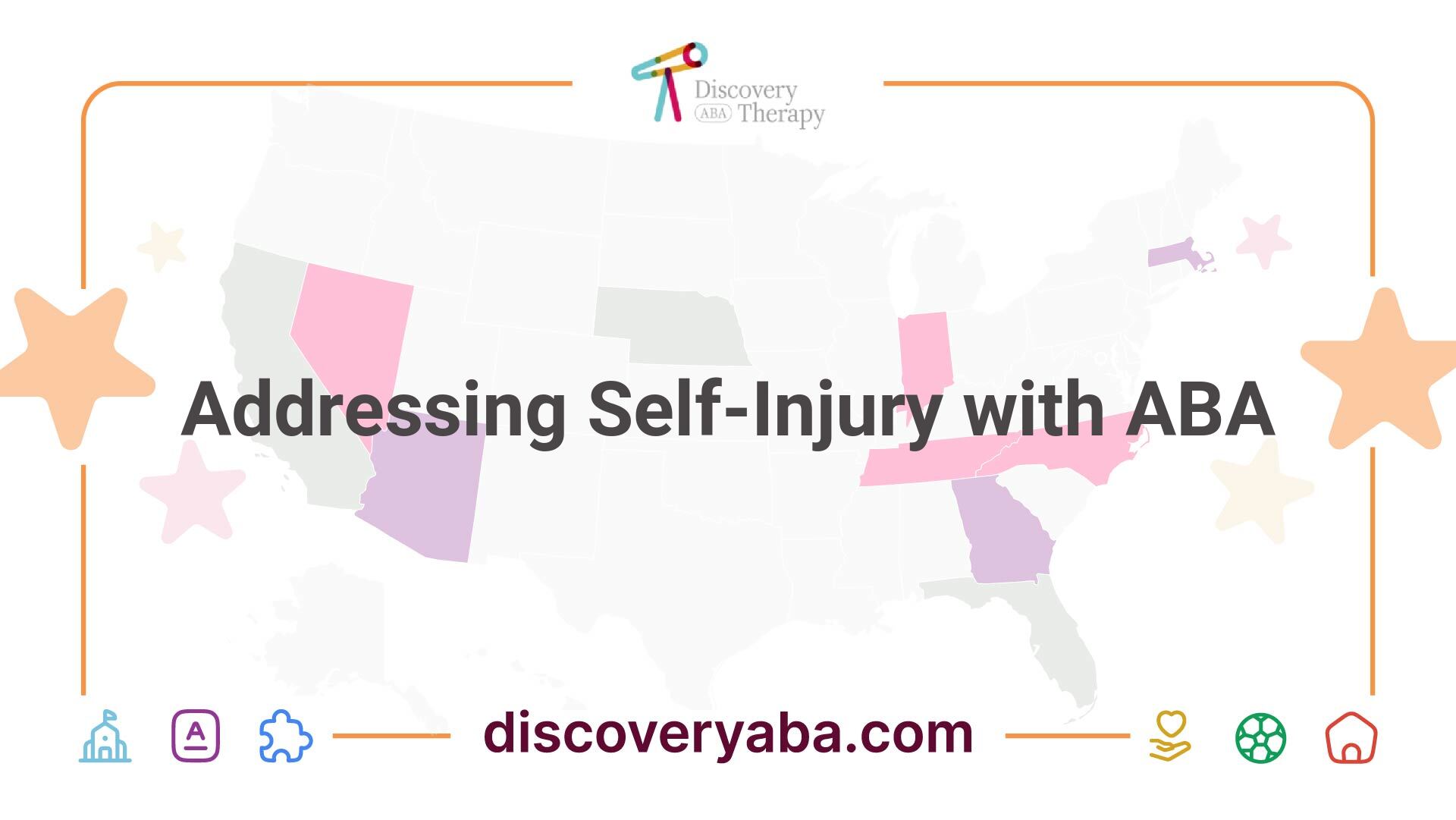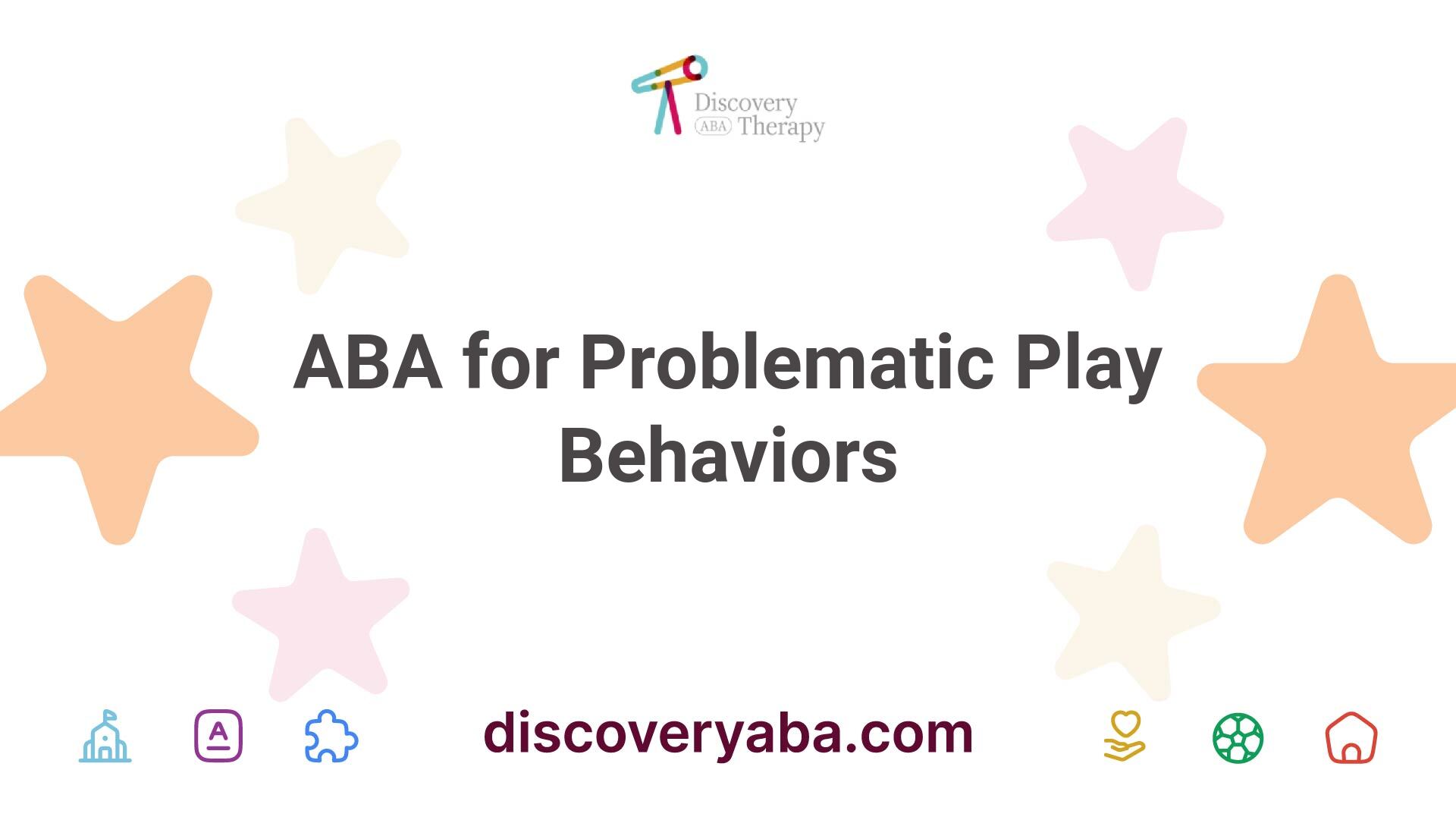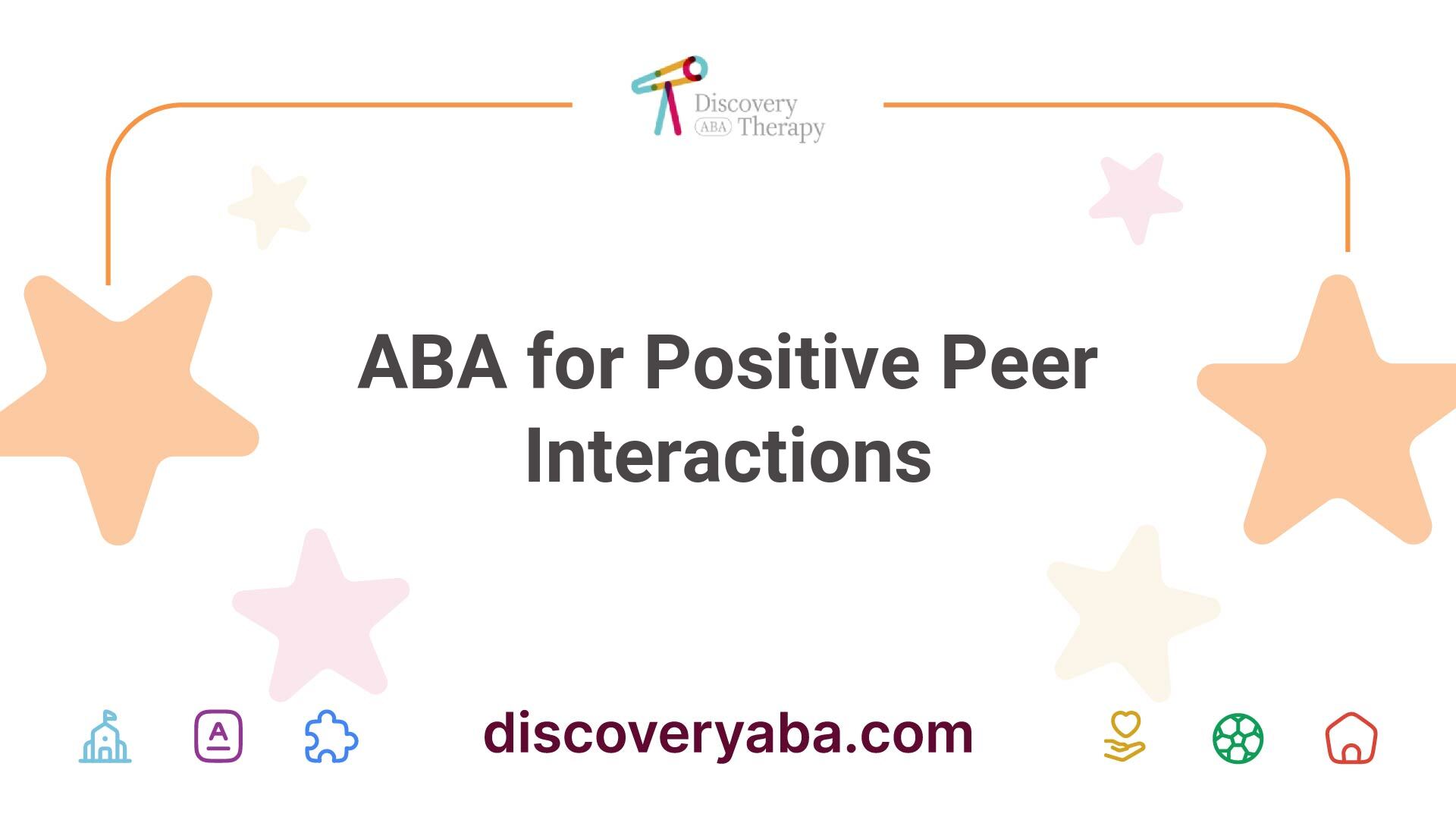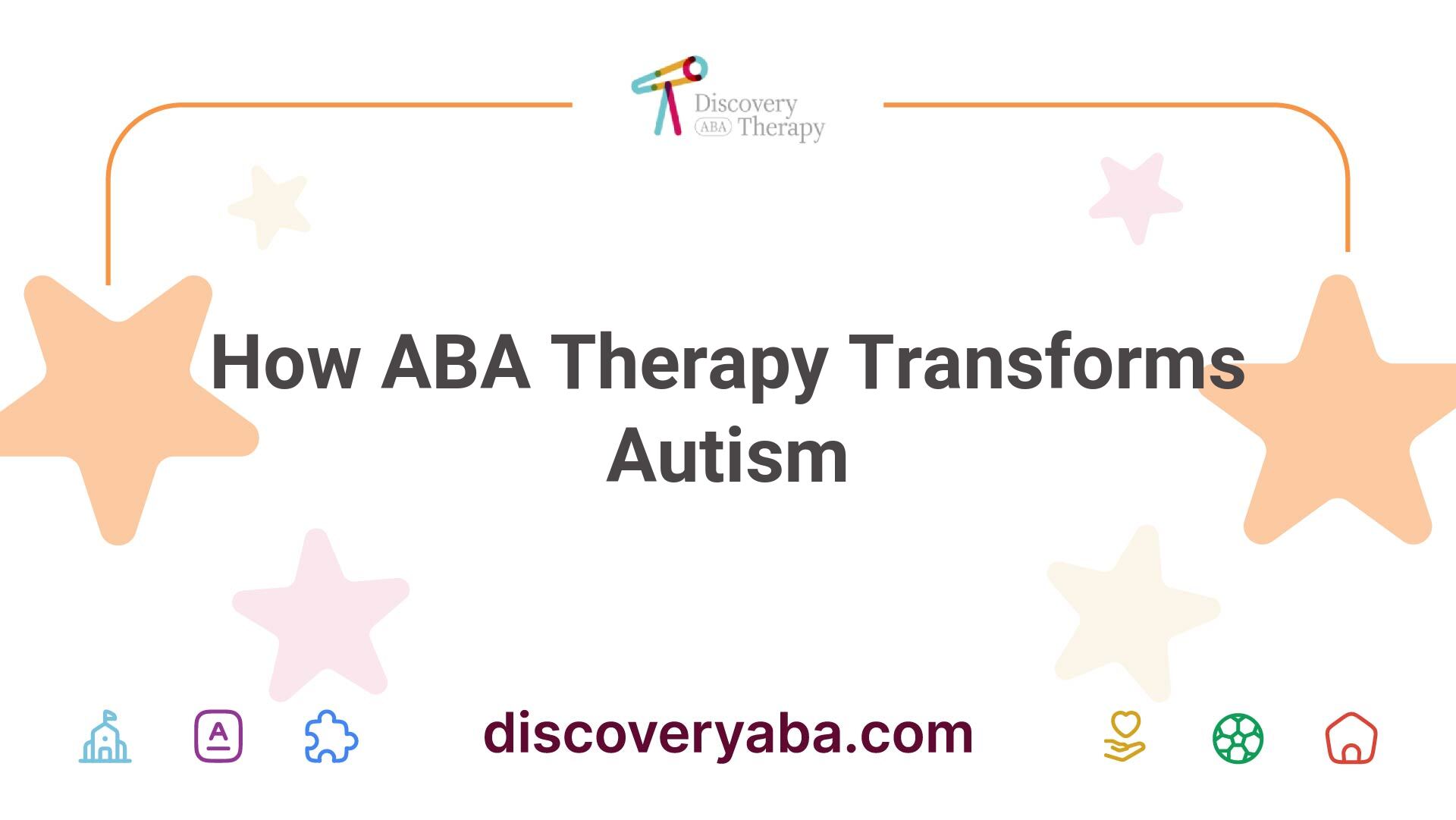Illustrative Examples of SMART Goals for Students with Autism
Discover illustrative examples of SMART goals for students with autism. Unlock their potential and bridge the path to achievement.
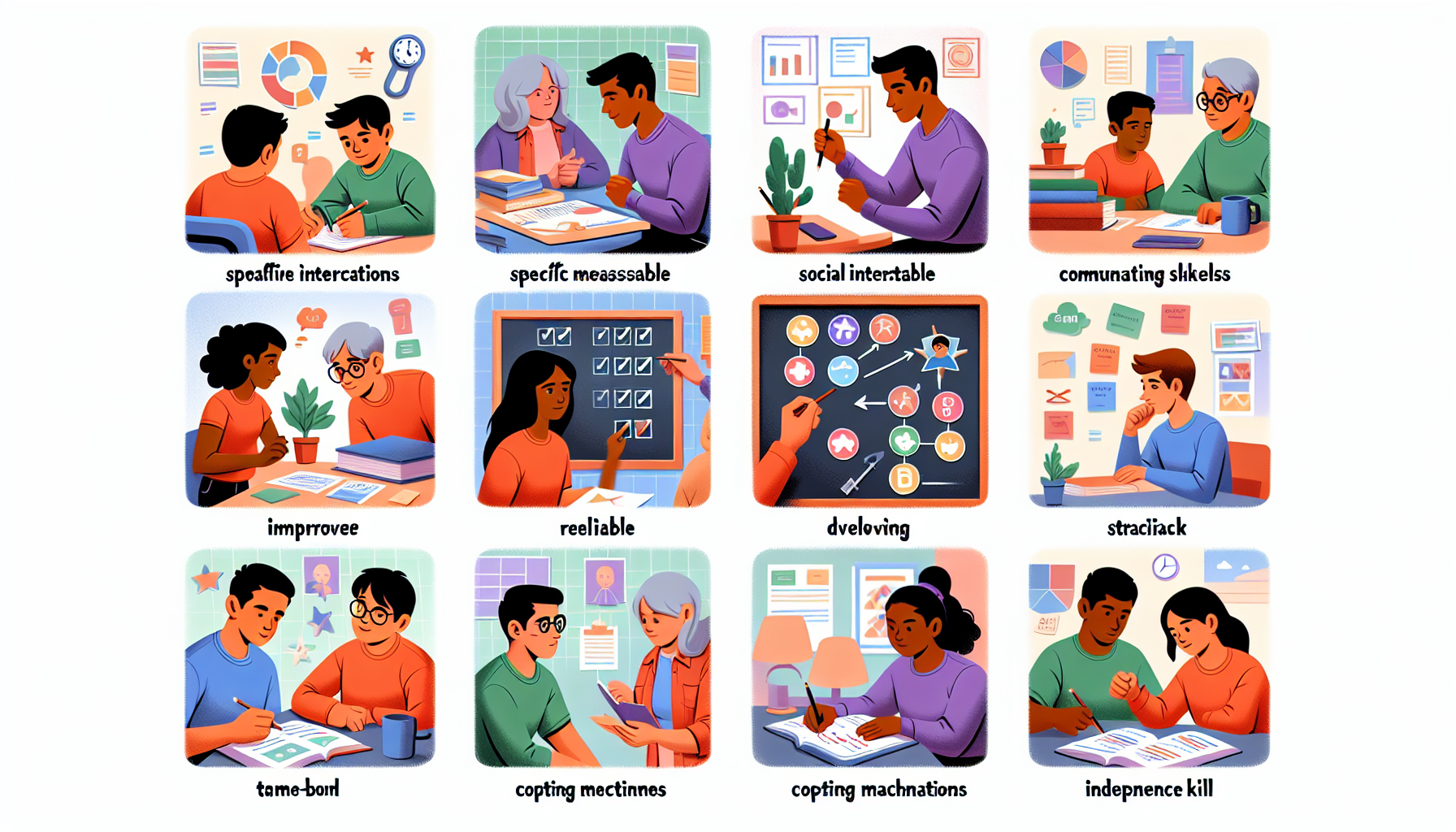
Importance of Setting Goals for Students with Autism
Setting goals for students with autism is crucial for their educational growth and development. Clear and well-defined goals provide a roadmap for progress, allowing educators and parents to track improvements in behavior and skills over time. By setting specific goals, students with autism can work towards achieving milestones that are meaningful and relevant to their daily lives.
Benefits of Goal Setting
Goal setting offers numerous benefits for students with autism. Some of the key advantages include:
- Focus and Direction: Setting goals provides students with a clear focus and direction for their learning and development. It helps them understand what they need to work on and the steps required to achieve their objectives.
- Motivation and Engagement: Goals act as motivators, inspiring students to actively participate in their learning journey. When students have a sense of purpose and a target to strive for, they are more engaged and invested in their education.
- Measurement of Progress: Goals serve as benchmarks for progress measurement. By tracking their achievements, students and educators can identify areas of improvement and celebrate milestones along the way.
- Enhanced Self-Efficacy: Working towards and achieving goals boosts students' self-efficacy, confidence, and belief in their own abilities. This positive reinforcement can lead to increased motivation and a greater willingness to take on new challenges.
- Collaboration and Support: Setting goals involves collaboration between educators, parents, and students. This partnership fosters a supportive environment where everyone works together towards the student's success.
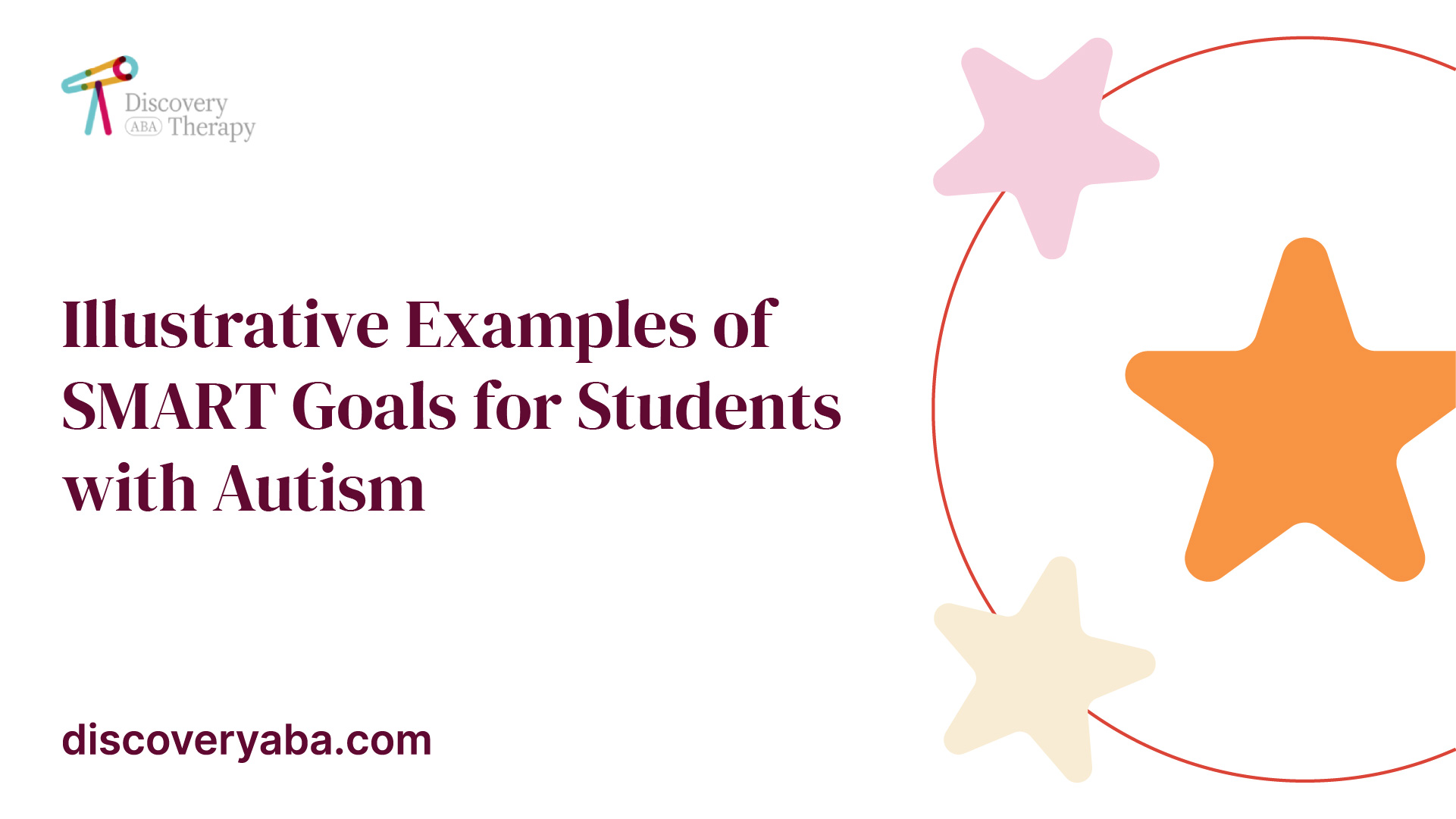
Tracking Progress and Improvement
To effectively track progress and improvement, it's essential to establish measurable goals. Using the SMART goal framework can be particularly helpful. SMART stands for Specific, Measurable, Attainable, Realistic/Relevant, and Timely. This framework ensures that goals are well-defined, achievable, and time-bound, tailored to the unique needs of students with autism.
Tracking progress can be done through various methods, such as regular assessments, observations, and data collection. It's important to establish a system for documenting progress and recording relevant information. This data can then be used to evaluate the effectiveness of interventions and instructional strategies.
By setting goals and tracking progress, students with autism can experience greater success and growth in their educational journey. It enables educators and parents to provide targeted support and interventions, ensuring that students receive the necessary resources and strategies to reach their full potential.
Social Skills Goals for Students with Autism
Developing social skills is crucial for students with autism, as it helps them navigate social interactions and build meaningful relationships. When setting goals for students with autism, it's important to focus on both peer interaction and foundational social skills. By targeting these areas, students can develop the necessary skills to succeed in various social contexts.
Peer Interaction and Socialization
One of the key goals for students with autism is to improve peer interaction and socialization skills. This includes helping them engage in positive social interactions with their peers, fostering friendships, and participating in group activities. It's essential to create an inclusive environment that encourages social interactions and provides opportunities for students to practice their social skills.
To achieve this goal, specific objectives can be set, such as:
- Engaging in reciprocal conversations with peers, taking turns speaking and actively listening.
- Initiating interactions with peers, such as greeting them or asking questions.
- Demonstrating appropriate body language and non-verbal cues during social interactions.
- Participating in group activities, sharing materials, and cooperating with peers.
- Understanding and respecting personal boundaries and personal space.
By focusing on peer interaction and socialization skills, students with autism can develop the necessary social competencies to build relationships and navigate social situations effectively.
Foundational Social Skills
Foundational social skills serve as building blocks for more complex social interactions. These skills provide a solid foundation for students with autism to develop broader social goals. It's important to assess and address any challenges related to interoception (internal body signals) and proprioception (body awareness) that students may experience, as these can impact their social development.
Some examples of foundational social skills goals include:
- Recognizing and appropriately expressing emotions.
- Understanding basic social rules and norms.
- Developing self-regulation strategies to manage emotions and behaviors in social situations.
- Practicing active listening skills, including maintaining eye contact and responding appropriately.
- Increasing awareness of personal hygiene and grooming habits.
By focusing on foundational social skills, students with autism can develop a strong base upon which they can build more complex social competencies. It's important to remember that social skills should be addressed both within the educational setting, through Individualized Education Programs (IEPs), and outside of school, with consistent support from parents and educators.
When setting goals for students with autism, it's crucial to ensure that they are specific, measurable, achievable, relevant, and time-bound (SMART). This helps in tracking progress and ensuring that goals are realistic and attainable. By addressing social skills goals, students with autism can enhance their social interactions, form meaningful connections, and thrive in various social environments.
Time Management Goals for Students with Autism
Developing effective time management skills is crucial for students with autism to enhance their productivity and independence. By setting specific goals related to time management, students can learn to estimate time accurately and implement routines that promote efficient task completion.
Estimating Time
One of the key steps in learning effective time management is the ability to estimate time accurately. Students can engage in activities that help them estimate the duration of familiar tasks effectively. The Real Life Executive Functioning Workbook provides time estimation activities that can aid in this process [2].
By practicing time estimation, students can develop a better understanding of how long certain activities take, allowing them to plan their schedules more effectively. This skill helps in avoiding overcommitment and ensures that tasks are completed within the allocated time frame.
Implementing a Routine
Implementing a routine is another essential aspect of time management for students with autism. Having a well-defined routine helps individuals predict the time required for various activities, creating a sense of structure and organization. Tools like the HabitNow app or a Daily Planning Worksheet can assist students in establishing and maintaining a routine [2].
By following a routine, students can develop a habit of completing tasks in a timely manner. This reduces the chances of procrastination and ensures that important activities are not overlooked. Regular adherence to a routine fosters a sense of responsibility and independence.
In addition to estimating time and implementing a routine, it is important for students with autism to reflect often on their time management goals. Regular reflection helps track progress, identify areas for improvement, and ensure that goals are being met and growth is ongoing.
Visual tools can also be beneficial in managing time effectively. These tools serve as practical aids that support students in learning how to better manage their time without becoming overly reliant on them. Using visual cues, such as timers or calendars, can help students stay organized and on track with their daily activities.
By setting and working towards time management goals, students with autism can develop essential skills that will benefit them academically, socially, and in their daily lives. Effective time management enhances their ability to prioritize tasks, meet deadlines, and cultivate a sense of responsibility and independence.
Teaching Life Skills to Students with Autism
For students with autism, acquiring essential life skills is crucial for their overall development and independence. In this section, we will explore several key areas of life skills that can be taught to students with autism: introducing self-care activities, money skills for independence, safety skills for community interaction, and building vocational skills.
Introducing Self-Care Activities
Introducing self-care activities at a young age is vital for individuals with autism to develop important life skills. These activities include brushing teeth, combing hair, bathing, dressing, and other activities of daily living. By teaching and practicing these skills, individuals with autism can gain independence and confidence in taking care of themselves.
Money Skills for Independence
Teaching children with autism how to use money is a valuable skill that helps foster independence when navigating the community. Money skills can be incorporated into a child's Individualized Education Plan (IEP) and practiced in various settings, such as allowing the child to handle money during transactions at stores or supermarkets. This hands-on approach helps students with autism understand the concept of money, make purchases, and develop financial independence.
Safety Skills for Community Interaction
Safety skills are essential to teach children with autism as they become more independent. This includes travel training, pedestrian safety, identifying signs, using public transportation, and carrying an ID card with essential information in case of emergencies. By teaching and practicing these skills, individuals with autism can navigate the community safely and confidently [3].
Building Vocational Skills
Building vocational skills is crucial for individuals with autism to prepare for future employment and foster independence. Starting as early as age 14, vocational skills can be included in an individual's Individualized Education Plan (IEP) as part of a transition plan. Identifying an individual's strengths, skills, and interests can guide the selection of vocational activities, which may include job shadowing, internships, or vocational training programs. By focusing on vocational skills, individuals with autism can develop the necessary skills and confidence to pursue meaningful employment opportunities in the future.
Teaching life skills to students with autism is a collaborative effort involving parents, educators, and therapists. By incorporating these essential life skills into their education and daily routines, individuals with autism can gain independence, improve their quality of life, and unlock their full potential.
SMART Goals for Students with Autism
Setting SMART goals is crucial for supporting the growth and development of students with autism. SMART stands for Specific, Measurable, Attainable, Relevant, and Timely. This framework provides a structure for creating effective goals that promote progress and achievement. By following the SMART guidelines, goals can be tailored to the unique needs of students with autism, ensuring that they are focused, attainable, and meaningful.
The SMART Goal Framework
The SMART goal framework consists of the following components:
- Specific: Goals should be specific, targeting particular behaviors or skills. Instead of focusing on general areas like language or self-help skills, goals for students with autism should aim to increase specific behaviors. For example, goals can target skills such as initiating and maintaining conversations, reading social cues, or understanding emotions [4].
- Measurable: Measuring progress is essential when working with students with autism. Goals should be measurable, allowing for clear indication of progress and the ability to track the effectiveness of interventions and strategies. Measurable goals for students with autism are typically quantifiable and can be measured by frequency or accuracy [4].
- Attainable: Goals should be attainable, taking into account the individual abilities and prerequisite skills of the student. By considering their current level of functioning, goals can be set at a level that is challenging yet realistic and achievable within a reasonable timeframe.
- Relevant: Goals should be relevant to the daily lives of students with autism. This means that the goals should focus on skills and behaviors that are meaningful and applicable to their everyday routines and interactions. Instead of solely targeting academic skills, goals can be designed to enhance social skills, self-care abilities, or independent living skills.
- Timely: Goals should have a timeframe or deadline, providing a sense of urgency and helping to track progress. Short-term goals focus on immediate progress, while long-term goals encompass broader skills and outcomes to be achieved over an extended period. Both short-term and long-term goals provide a roadmap for the overall development and educational planning of students with autism.
Examples of SMART Goals
- Increasing Independence Skills: By the end of the school year, the student will demonstrate increased independence in daily living tasks such as self-care and organization, completing these activities with minimal prompts or assistance.
- Developing Self-Regulation Skills: Within six months, the student will demonstrate improved self-regulation skills by utilizing strategies to manage emotions, transitions, and behavioral responses in various settings.
- Improving Nonverbal Communication Skills: By the end of the academic year, the student will enhance nonverbal communication skills by using appropriate gestures, eye contact, facial expressions, and body language in social interactions [5].
By setting SMART goals that are specific, measurable, attainable, relevant, and timely, educators and therapists can effectively support the progress and achievement of students with autism. These goals provide a framework for individualized planning and interventions, promoting the development of essential skills and enhancing overall educational outcomes.
Evidence-Based Practices for Students with Autism
When it comes to supporting students with autism, it is crucial to use evidence-based practices (EBPs) that have been proven effective in improving outcomes. Two federal laws, the Every Student Succeeds Act (ESSA) and the Individuals with Disabilities Education Act (IDEA '04), mandate the use of EBPs for students with autism.
Using Evidence-Based Practices
Using EBPs involves implementing academic and behavioral strategies that have demonstrated positive results in research and practice. The National Professional Development Center on Autism Spectrum Disorder has identified 27 EBPs for students with autism [6]. These practices cover a wide range of areas, including communication, social skills, behavior management, and academic instruction.
When selecting an EBP, educators and practitioners should consider the specific target behavior or skill they want to address. It is important to match the EBP to the individual needs of the student, the expertise of the staff, and the available resources [6]. By tailoring the intervention to the unique requirements of each student, the chances of success are maximized.
Selecting and Evaluating EBPs
To ensure the effectiveness of an EBP, it is crucial to collect baseline data on the student's behavior before implementing the intervention. This data serves as a reference point for measuring progress and determining the impact of the strategy. By comparing the baseline data with post-intervention data, educators can evaluate the effectiveness of the EBP and make informed decisions about its continued use.
When implementing an EBP, it is essential to adhere to the developer's intended guidelines and implement the practice with fidelity. This means following the recommended procedures and strategies as closely as possible to achieve the desired outcomes. Regularly evaluating the effectiveness of the EBP for an individual student allows educators to make adjustments and modifications as needed.
By relying on evidence-based practices, educators can provide students with autism the support they need to thrive academically, socially, and behaviorally. Implementing EBPs with fidelity and regularly evaluating their effectiveness ensures that students receive the most effective interventions tailored to their unique needs.
Independent Functioning IEP Goals for Students with Autism
For students with autism, independent functioning is a crucial aspect of their development. It encompasses a range of skills that enable individuals to navigate daily life, make decisions, and participate in society. By setting Individualized Education Program (IEP) goals focused on independent functioning, students can work towards maximizing their abilities and preparing for supported living situations.
Importance of Independent Functioning
Independent functioning IEP goals are significant for students with autism, particularly in the area of life skills. These goals can be implemented regardless of whether students are in a life skills classroom or general education classes. The primary objective is to enhance their skills and promote autonomy, enabling them to navigate the challenges of everyday life with increased confidence and self-sufficiency.
Transitioning to independent living is a gradual process that requires careful planning and support. It is important to recognize that some students may require ongoing assistance and may not be ready for independent living skills until later ages, such as 20, 25, or even beyond [7]. Therefore, it is essential to provide continuous transition services and support to ensure a smooth and successful transition into adulthood.
Transitioning to Independent Living
Transition IEP goals play a crucial role in facilitating independent living skills for students with autism. These goals focus on measurable objectives that lead to greater independence, allowing students to work on specific subsets of skills within the broader scope of independent living.
Collaboration between families and schools is vital in prioritizing students' needs based on the extensive list of independent living skills. This collaboration helps determine the required services and establish effective transition plans. By aligning the goals of both home and school environments, students receive consistent support and reinforcement, enhancing their ability to generalize skills learned across different settings.
Below are examples of IEP goals for transitioning to independent living:
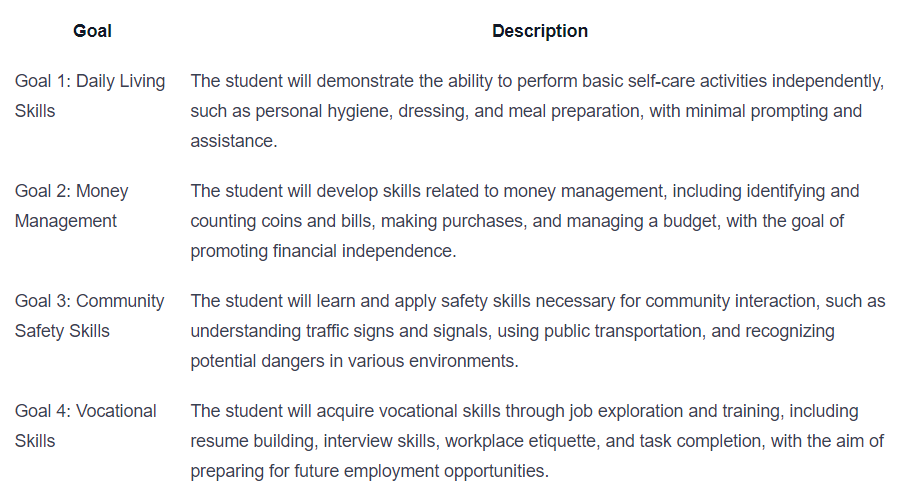
Note: These goals can be adapted and personalized to meet the specific needs and abilities of each student. The IEP team should collaborate to develop goals that are challenging yet achievable, ensuring that they align with the student's long-term aspirations and promote independence.
By setting and working towards these independent functioning goals, students with autism can develop the skills necessary to lead fulfilling lives and participate actively in their communities. It is essential to provide ongoing support, guidance, and resources to help students reach their full potential and successfully transition into independent living.
Organization and Time Management IEP Goals for Students with Autism
Efficient organization and time management skills are essential for students with autism to thrive academically and in their daily lives. Students with learning disabilities often exhibit impaired organization skills, which can hinder their ability to prioritize tasks and follow through on assignments. These challenges are commonly seen in students with dyslexia, dyscalculia, and executive functioning disorders. Implementing Individualized Education Program (IEP) goals tailored to address these specific needs can greatly support their development in this area.
Impact of Learning Disabilities on Organization Skills
Students with autism may face difficulties in managing written materials, understanding time concepts, initiating tasks, and maintaining an organized workspace. These challenges can result in missed deadlines, incomplete assignments, and increased stress levels. However, with appropriate support and IEP goals, students can develop effective organizational strategies to overcome these obstacles and enhance their overall academic performance.
IEP Goal Examples for Organization Skills
Here are some examples of IEP goals for organization skills that can be incorporated into a student's Individualized Education Program:
IEP Goal for Students with Dyslexia:
By (date), when given a color-coded system for organizing reading assignments and a graphic organizer for breaking down writing tasks, the student will independently complete and submit all assignments on time for four consecutive weeks.
IEP Goal for Students with Dyscalculia:
By (date), when provided with a daily math task checklist and visual time intervals (e.g., a clock with color-coded sections), the student will begin and complete math homework within the set time frames with 90% accuracy across a month [8].
IEP Goal for Students with Executive Functioning Disorders:
By (date), when given a digital planner with alerts for different stages of project tasks (e.g., research, draft, review, and submit), the student will adhere to the project timelines and submit all parts of the project by the due dates, as observed in 8 out of 10 consecutive projects [8].
These examples demonstrate the importance of setting specific, measurable, attainable, relevant, and time-bound (SMART) goals for students with autism. By implementing IEP goals that address organization skills, educators and support teams can provide students with the necessary tools and strategies to effectively manage their time, tasks, and materials.
Remember, the IEP goals should be individualized to meet the unique needs of each student. Collaborating with parents, teachers, and other professionals is key to developing appropriate and meaningful goals that support the growth and independence of students with autism in the area of organization and time management.
References
- [1]: https://adayinourshoes.com/social-skills-iep-goals/
- [2]: https://lifeskillsadvocate.com/blog/10-time-management-iep-goals-for-real-life/
- [3]: https://www.autismspeaks.org/life-skills-and-autism
- [4]: https://www.yellowbusaba.com/post/examples-of-smart-goals-for-students-with-autism
- [5]: https://www.abtaba.com/blog/examples-of-smart-goals-for-students-with-autism
- [6]: https://iris.peabody.vanderbilt.edu/module/asd2/cresource/q1/p02/
- [7]: https://adayinourshoes.com/independent-functioning-iep-goals-functional-life-skills/
Find More Articles
Contact us
North Carolina, Tennessee, Nevada, New Jersey, Utah, Virginia
New Hampshire, Maine
Massachusetts, Indiana, Arizona, Georgia
.avif)



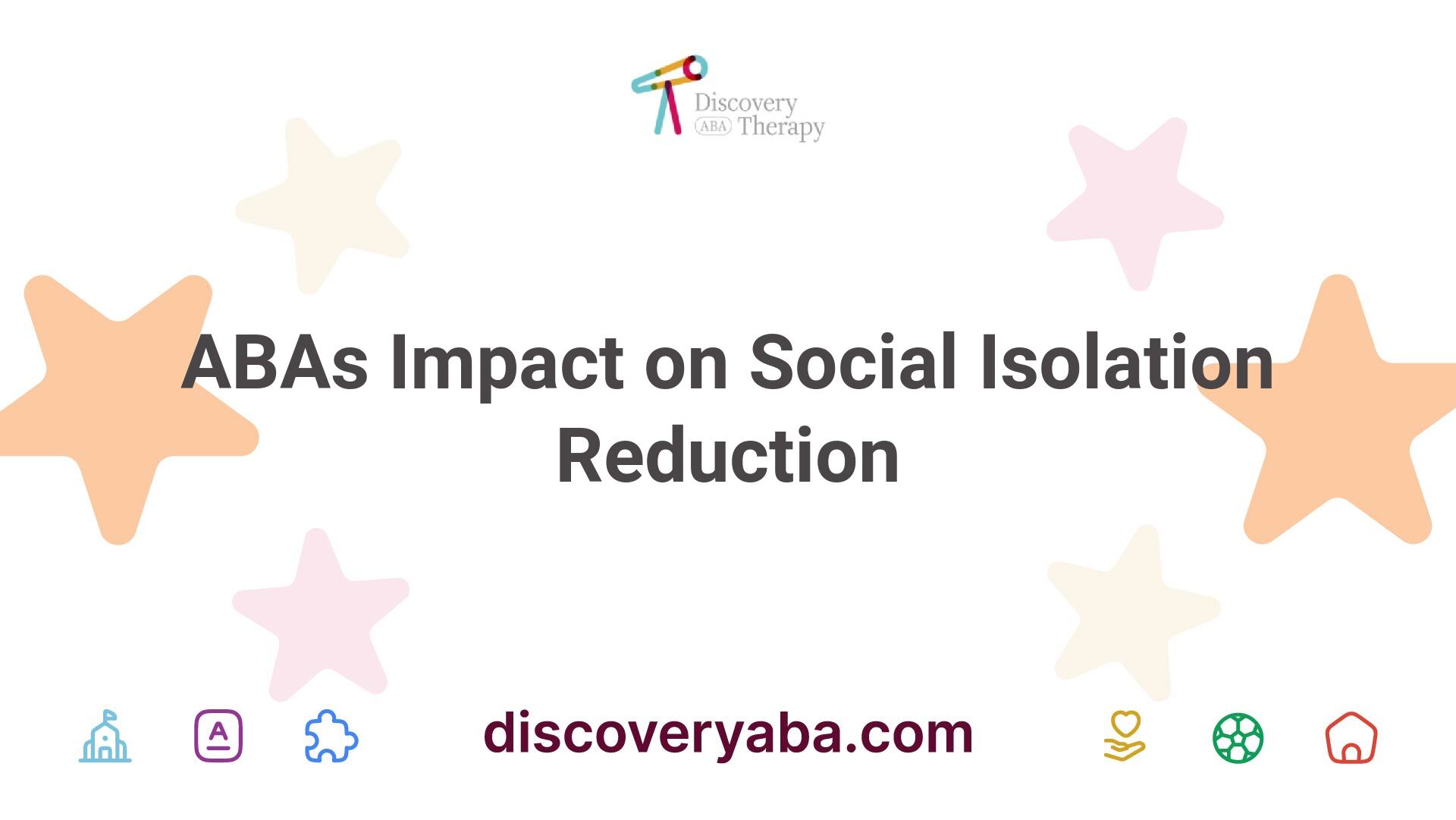
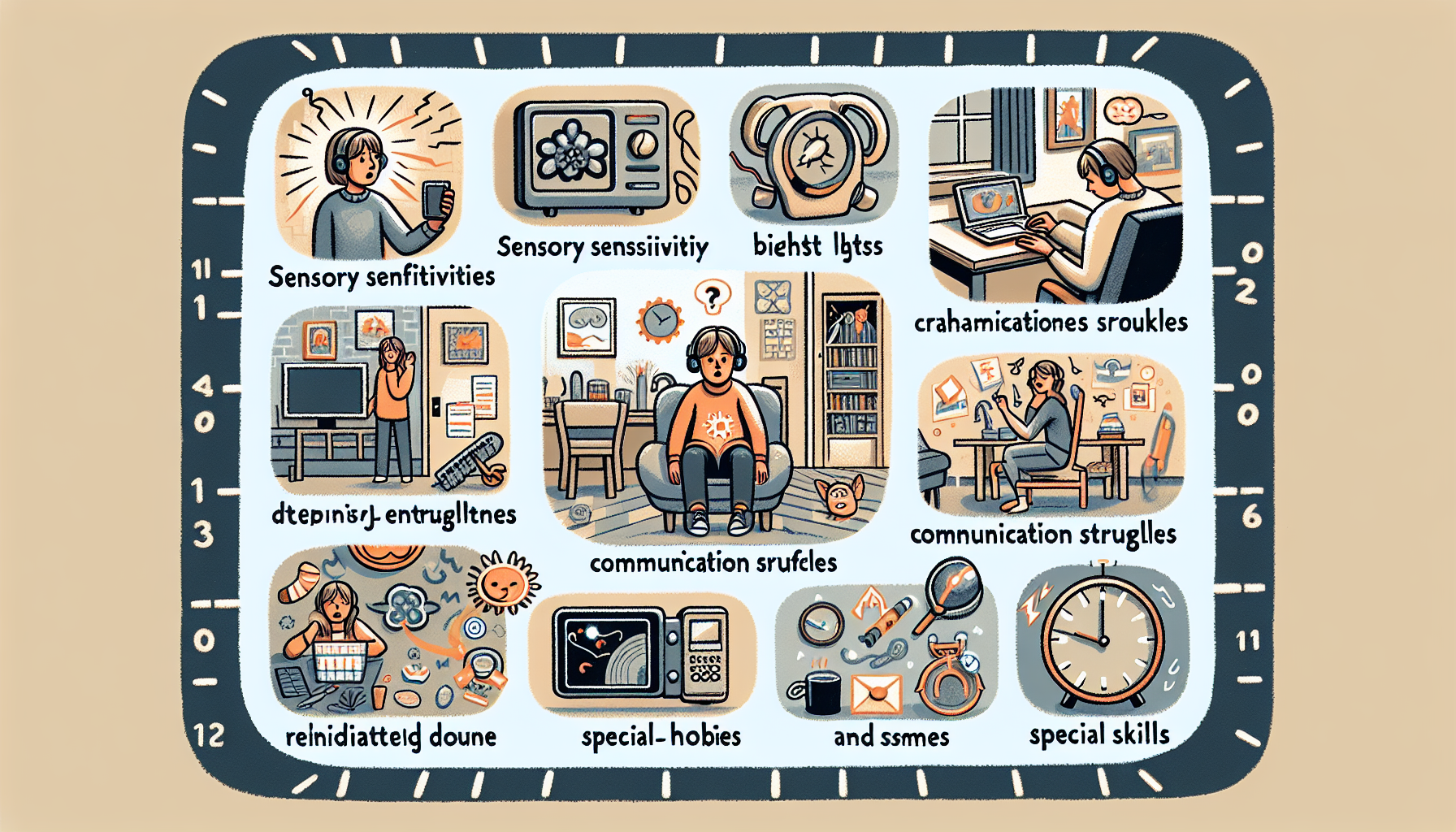














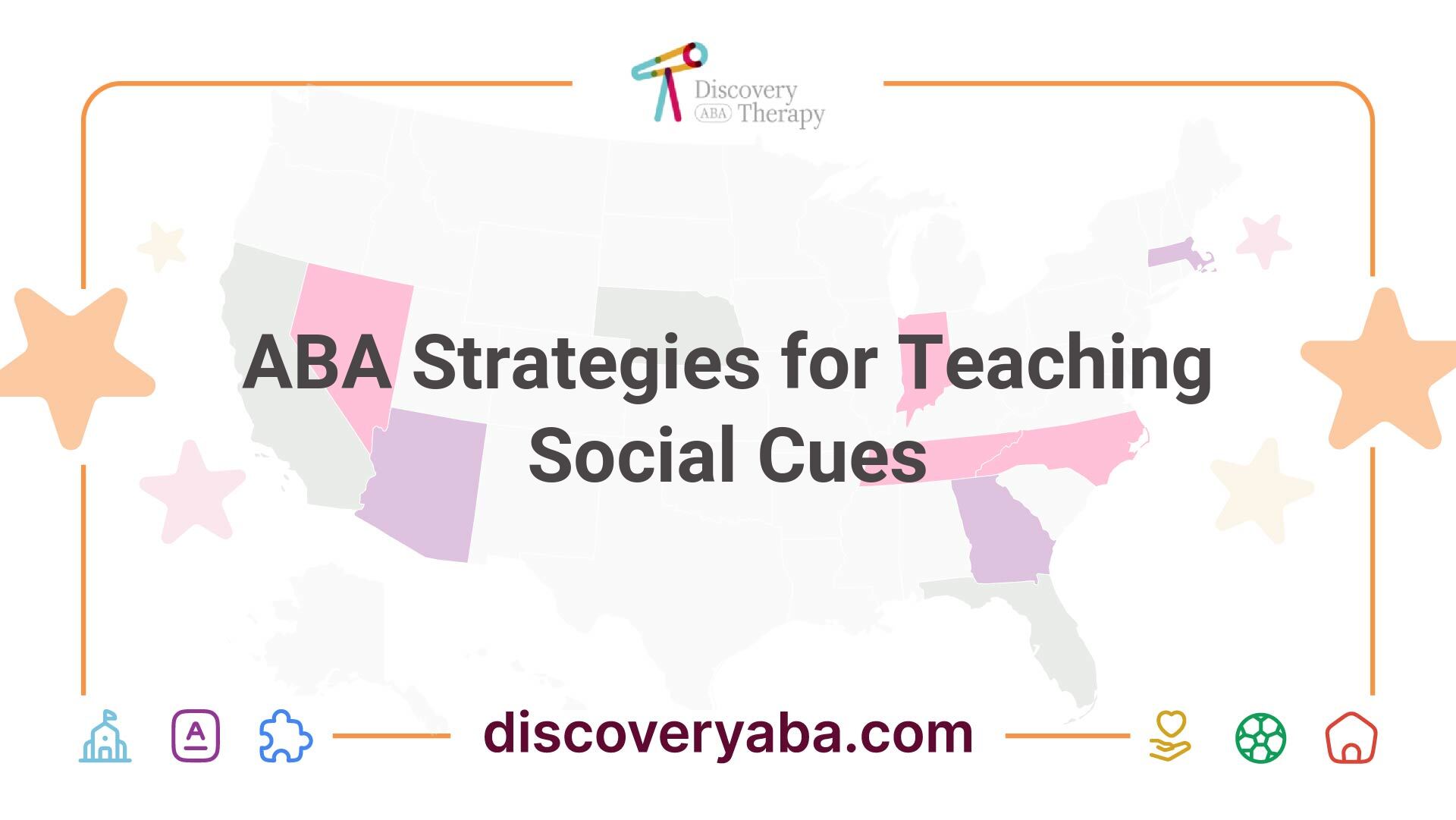








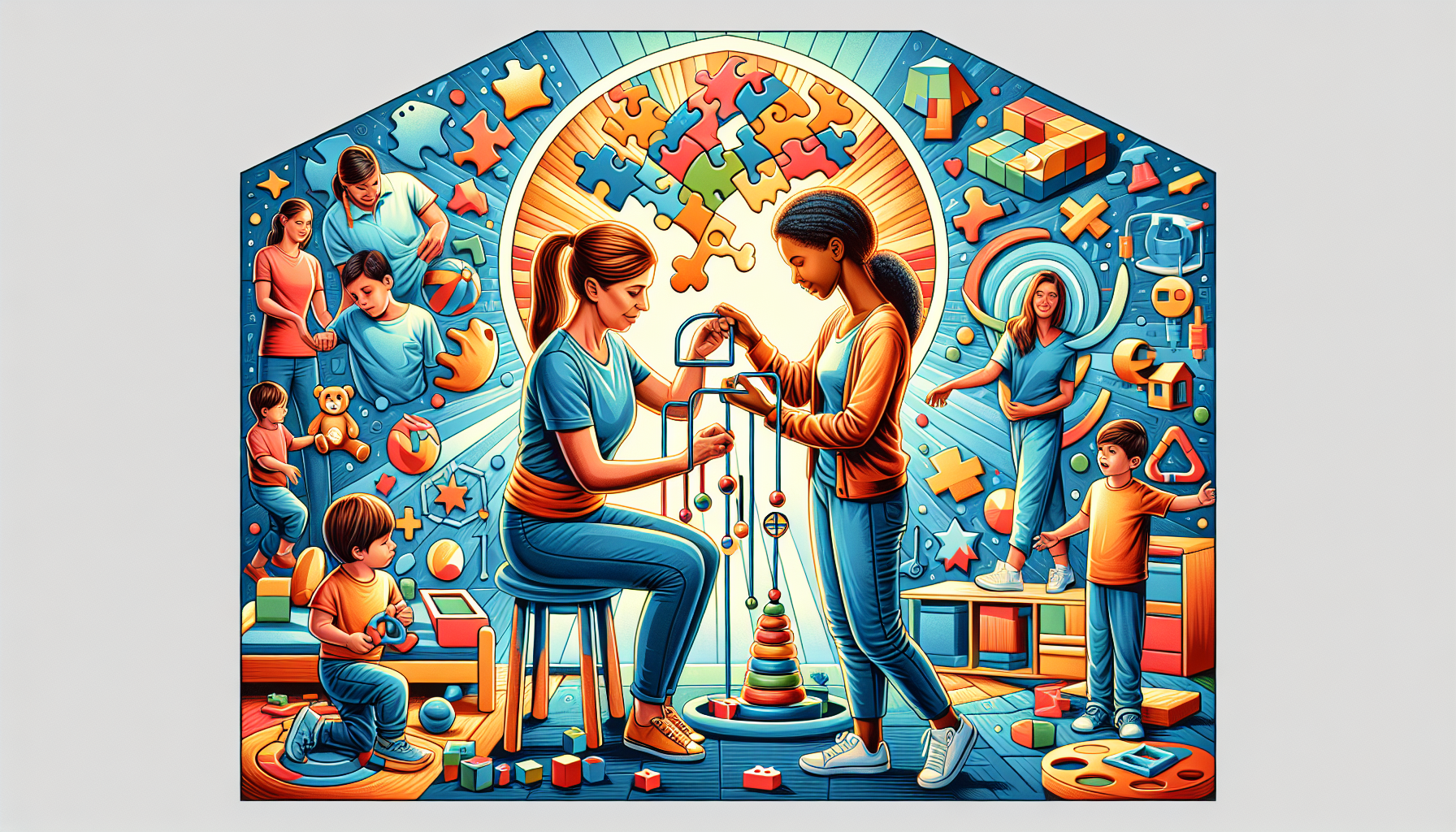

.jpeg)


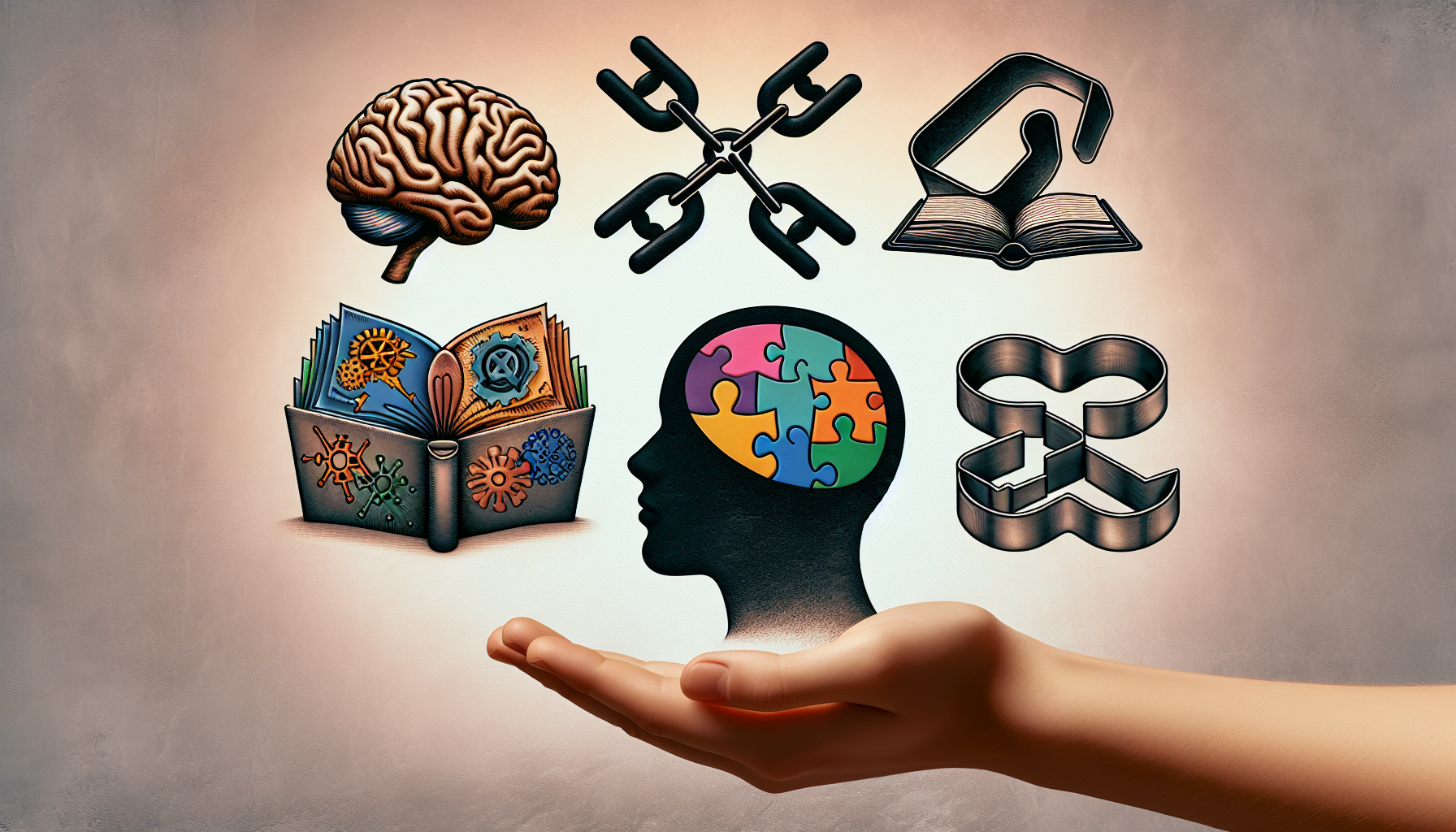


.jpeg)


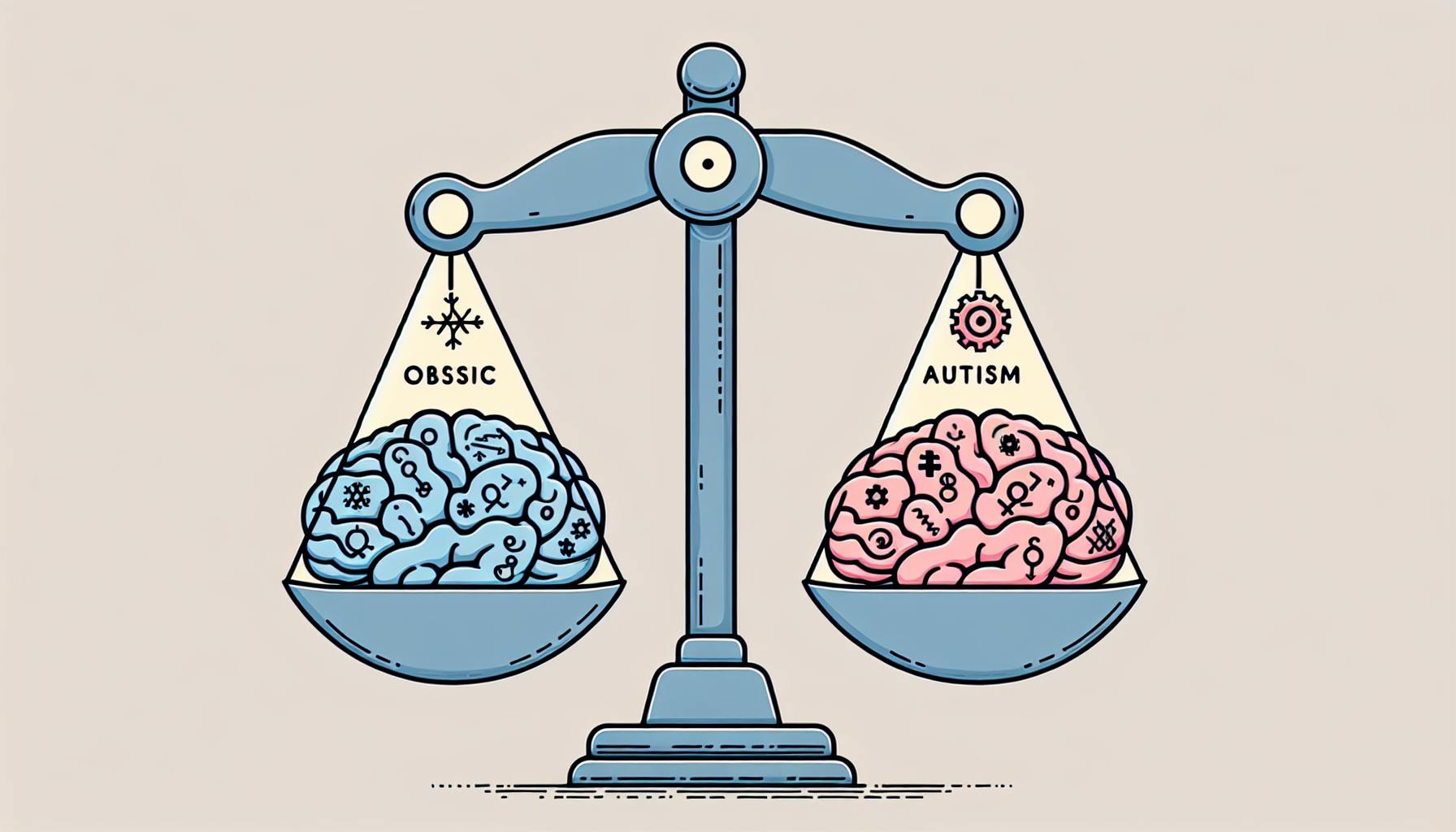








.jpeg)




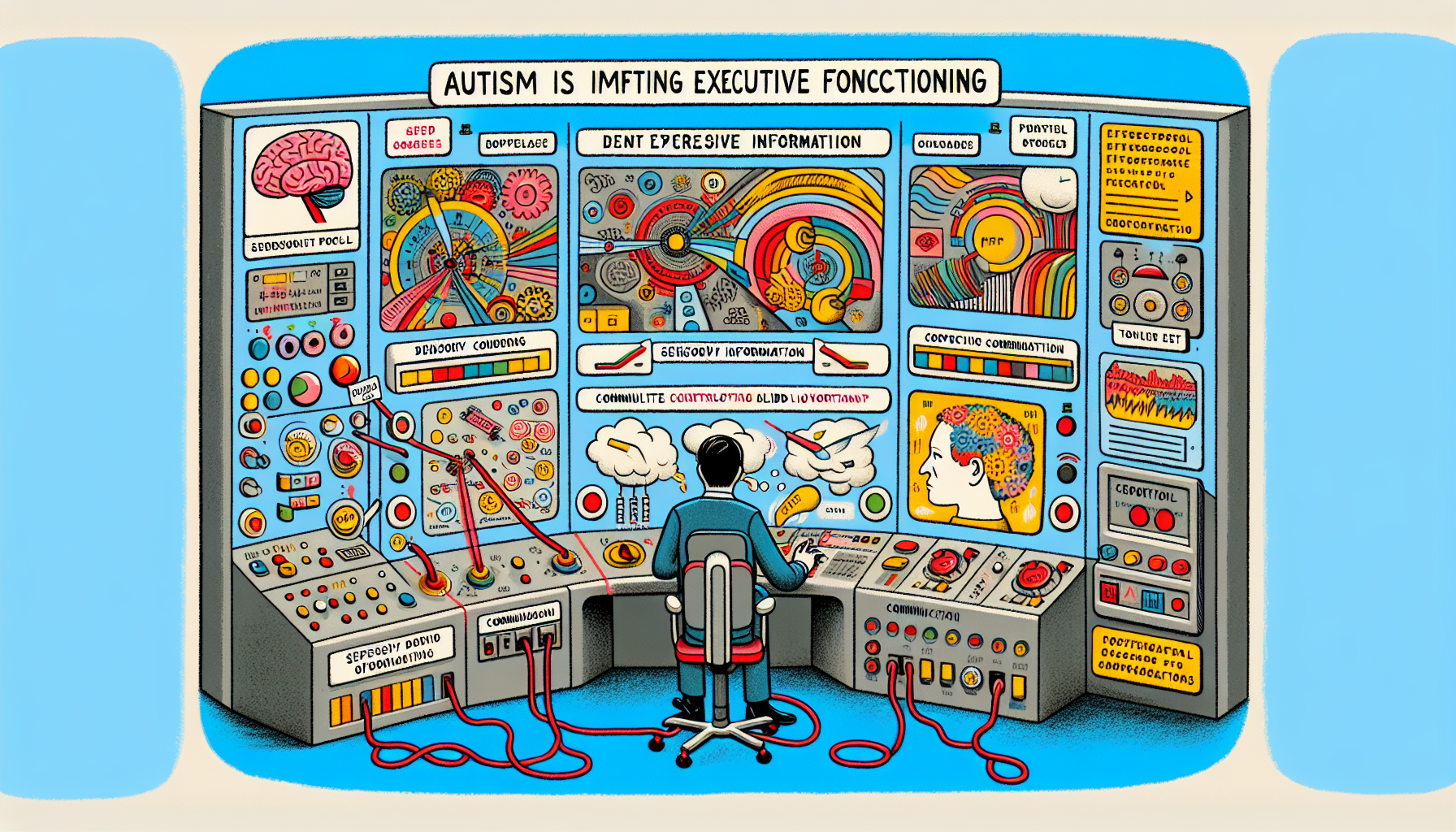



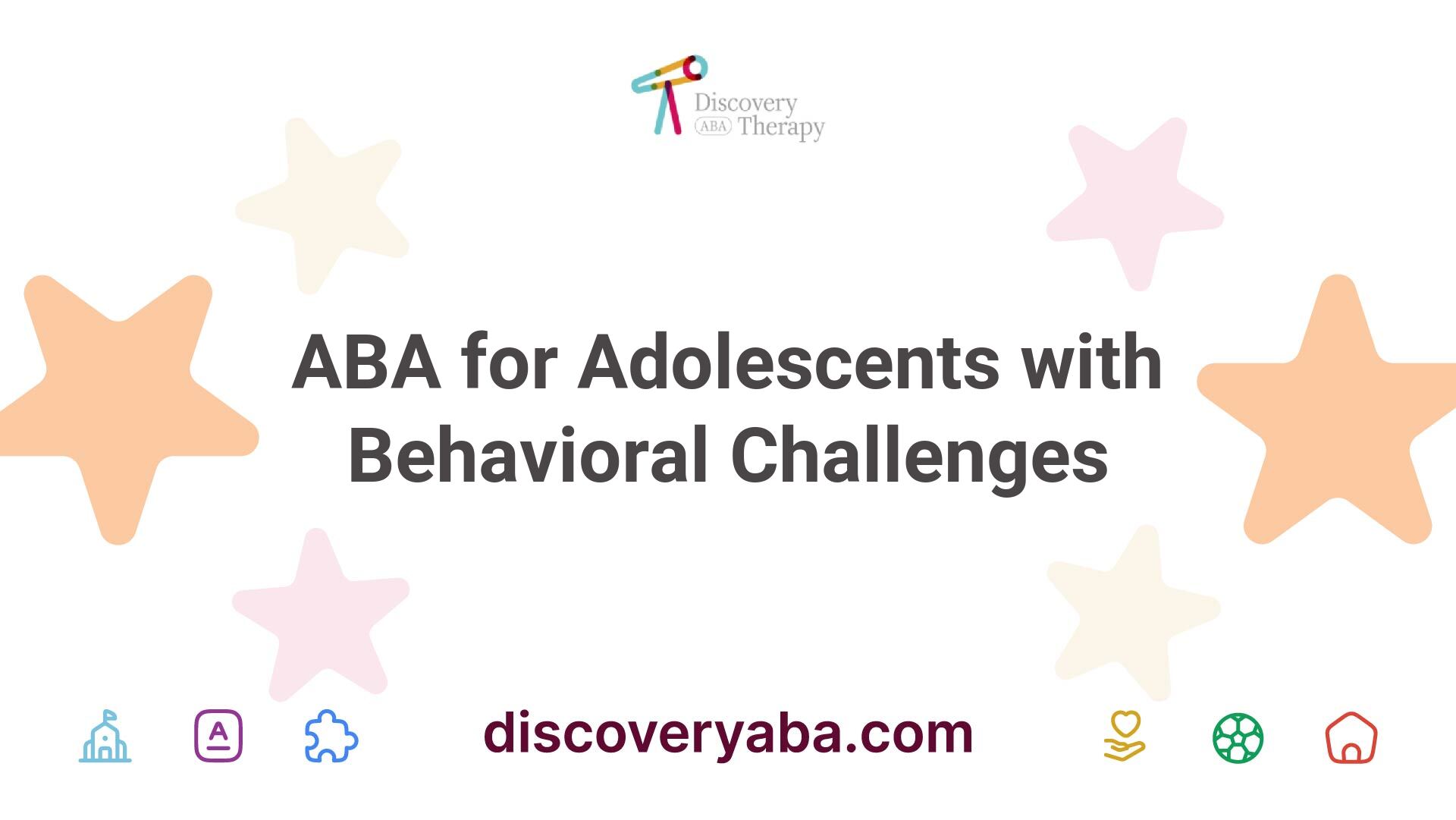




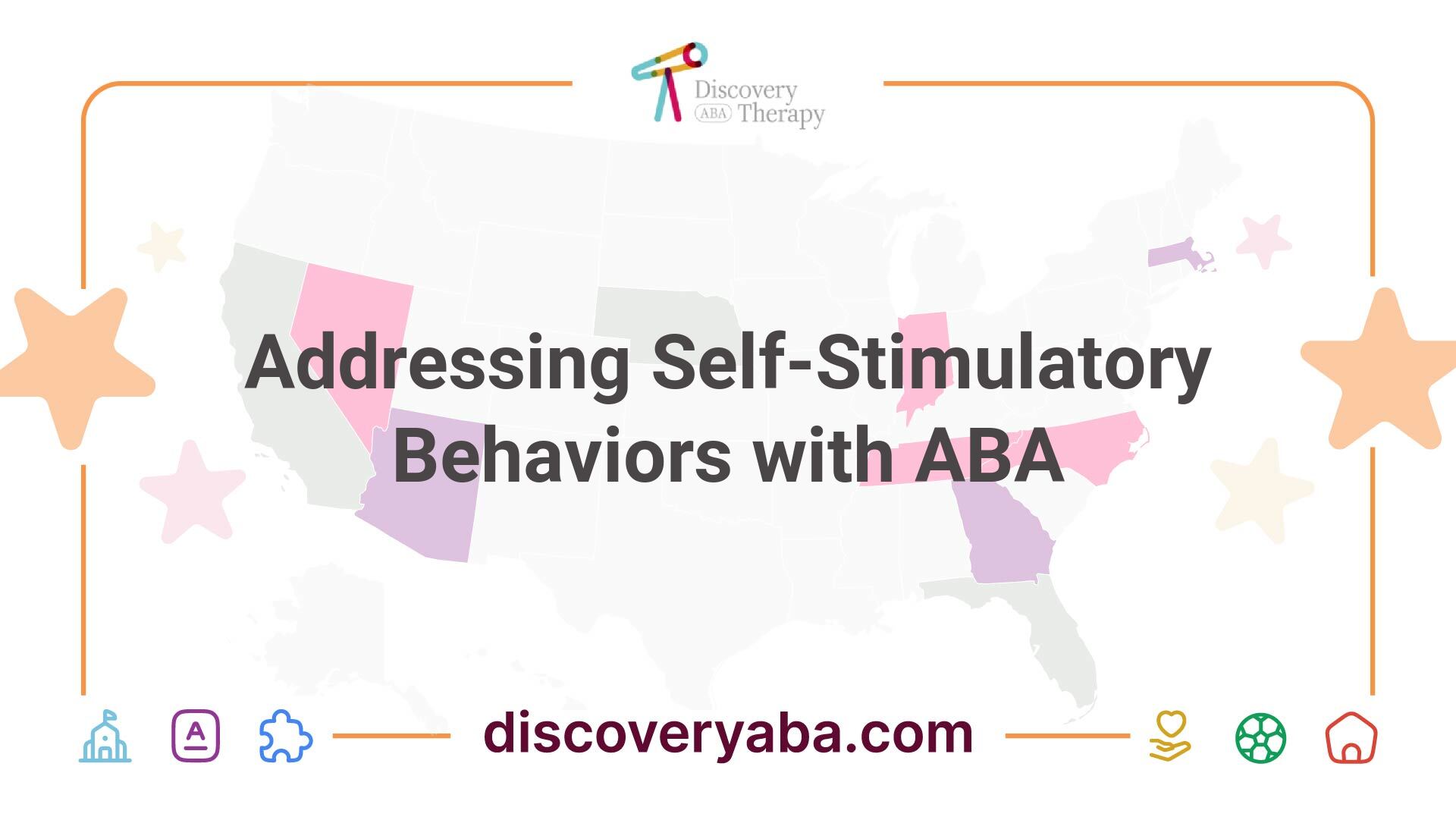
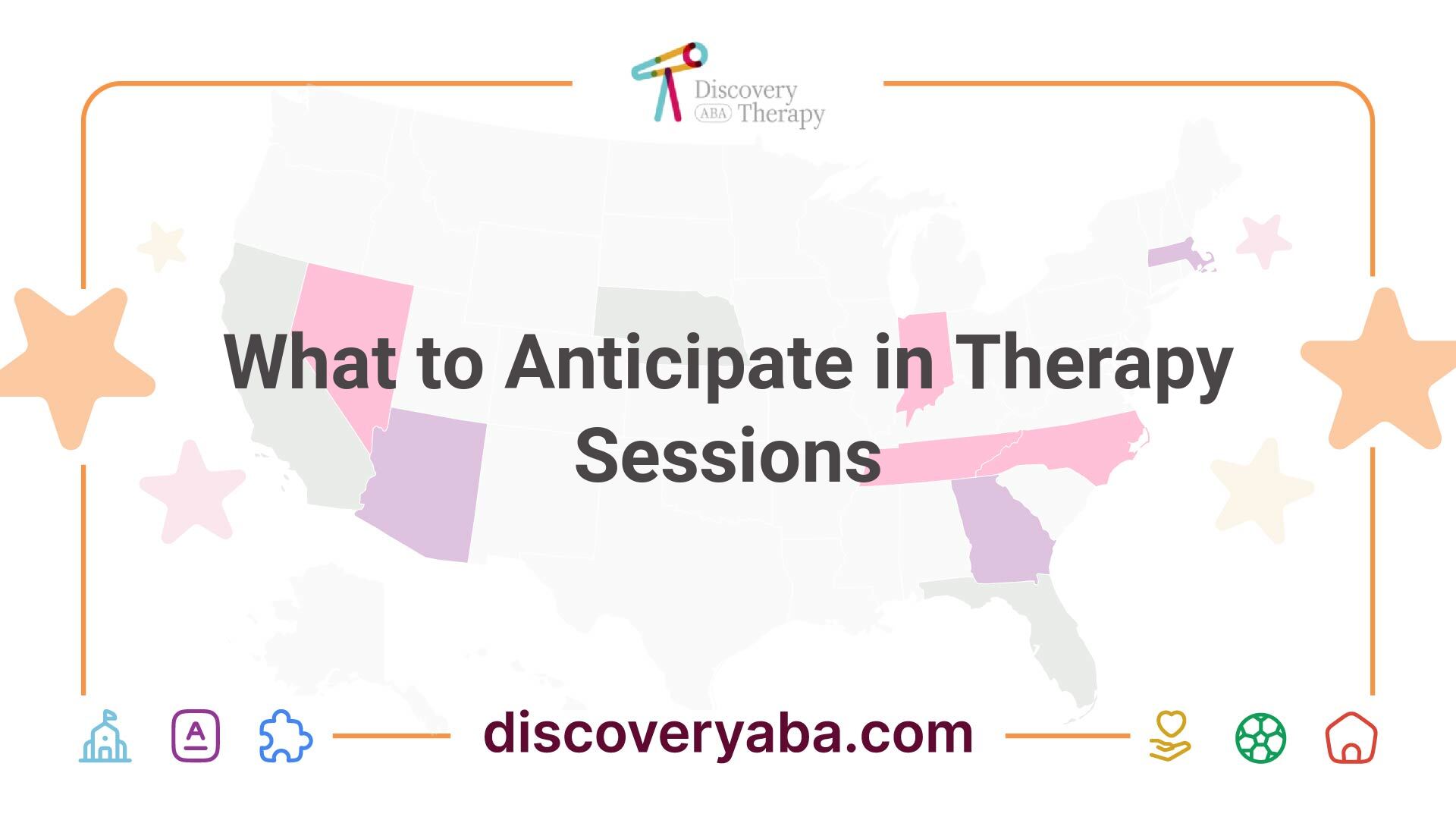
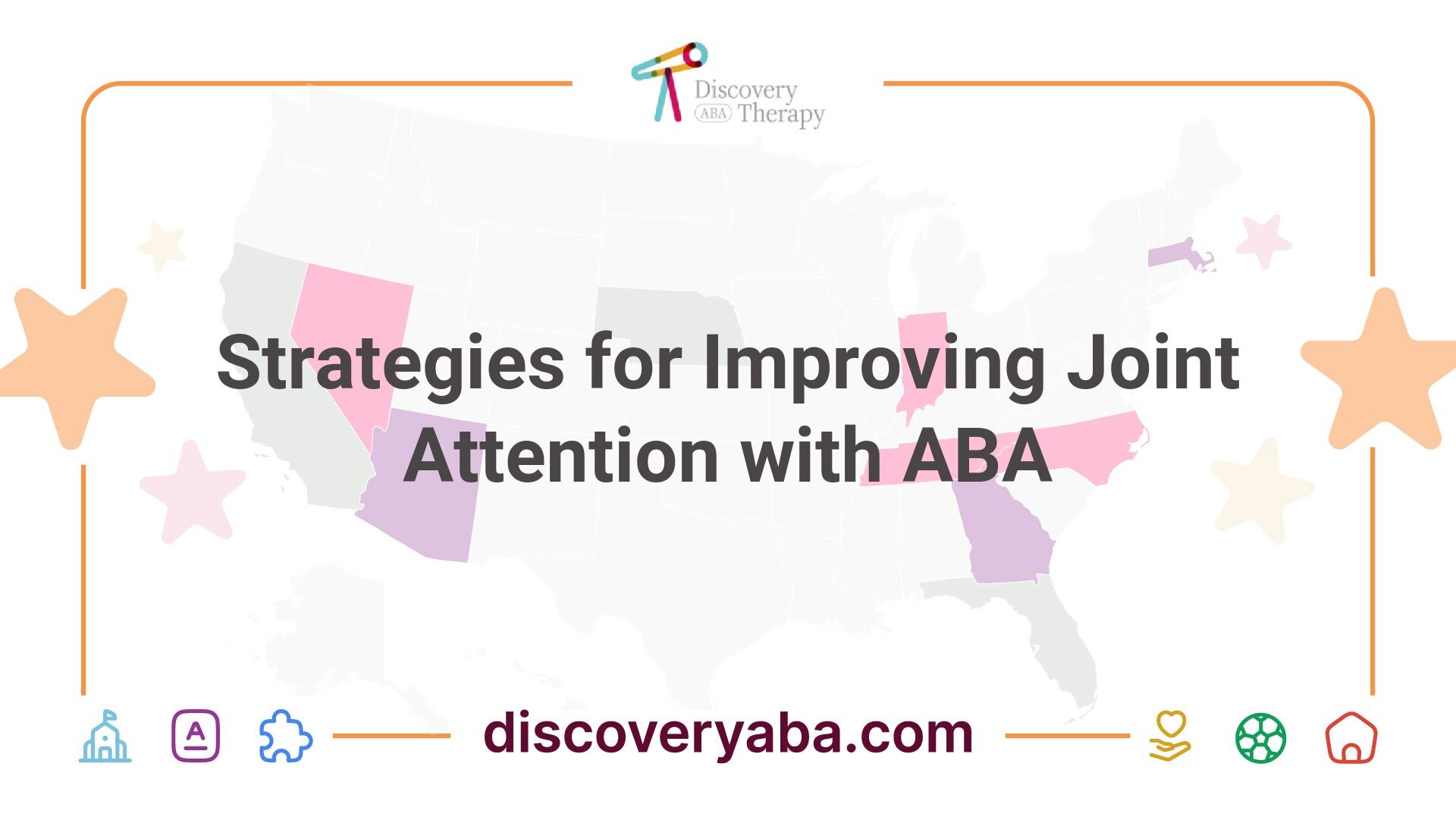
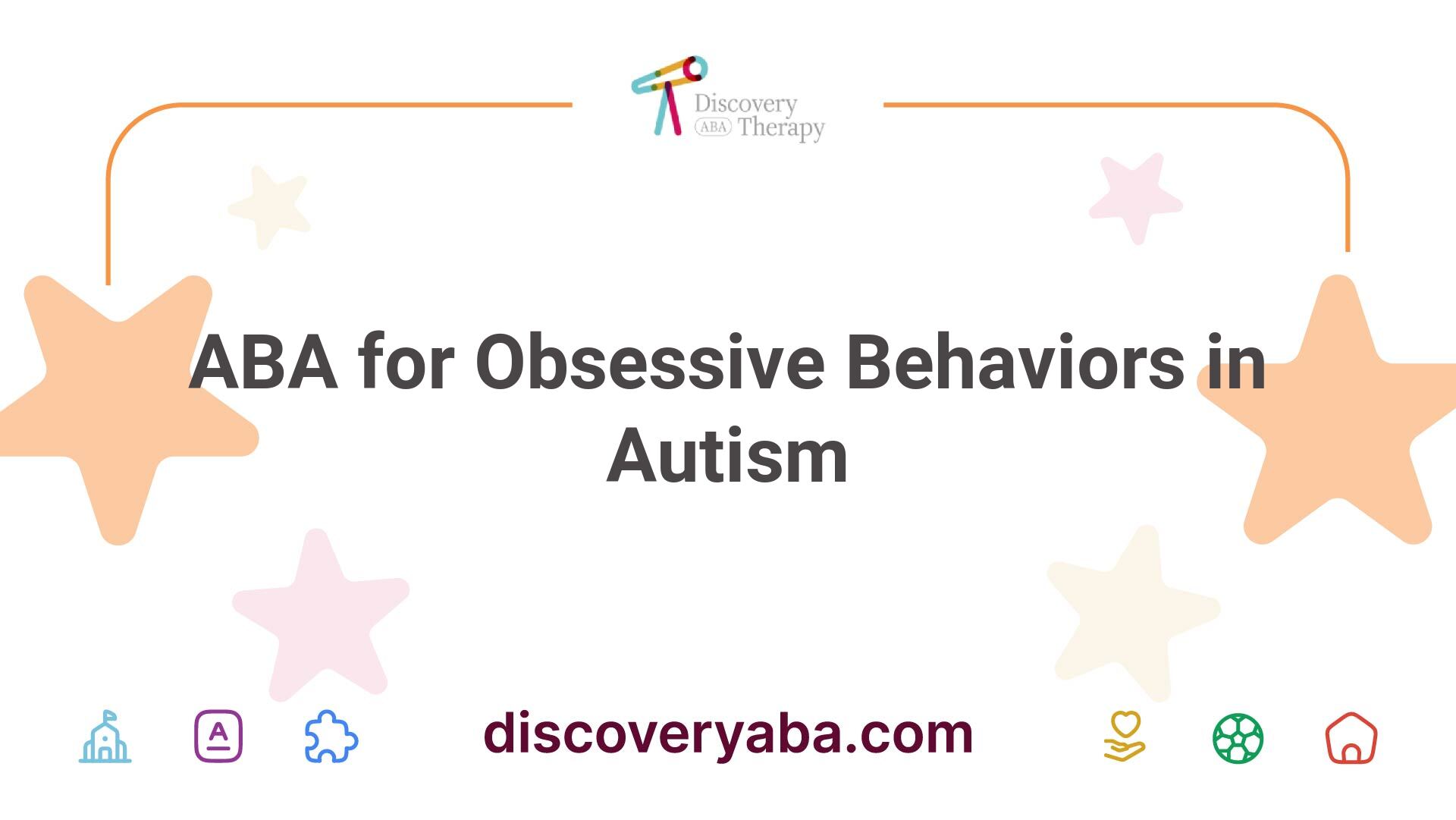

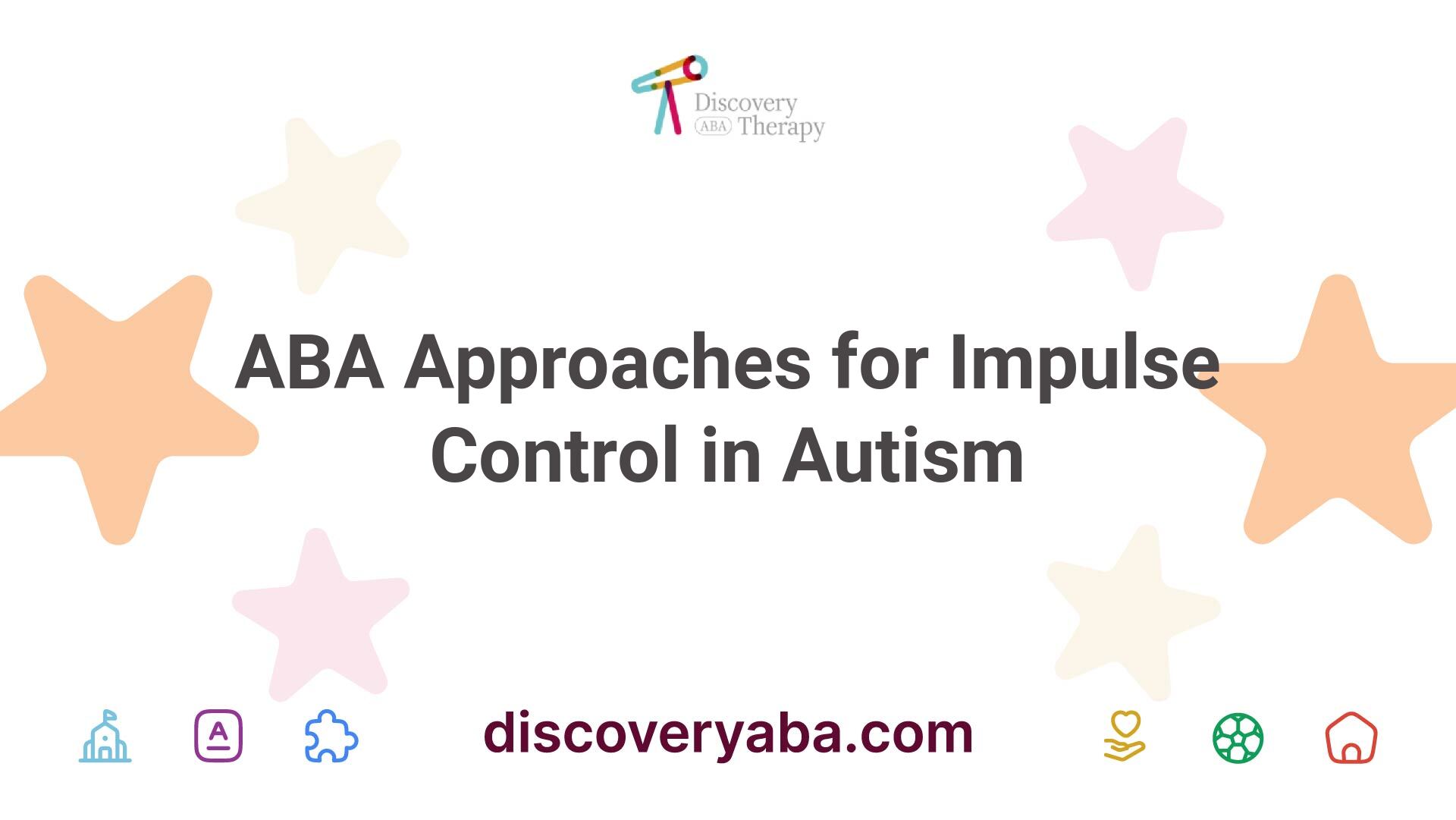
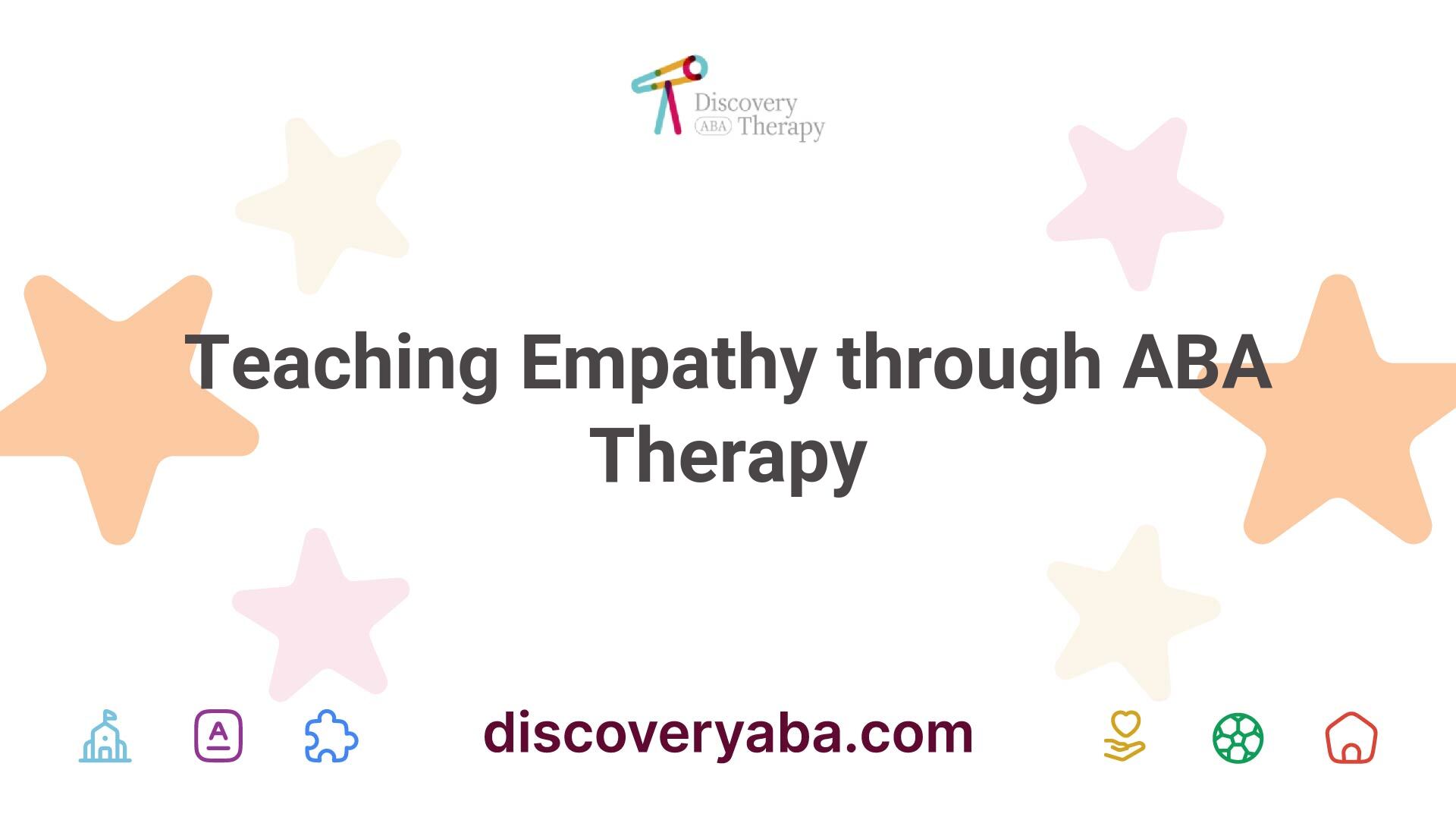
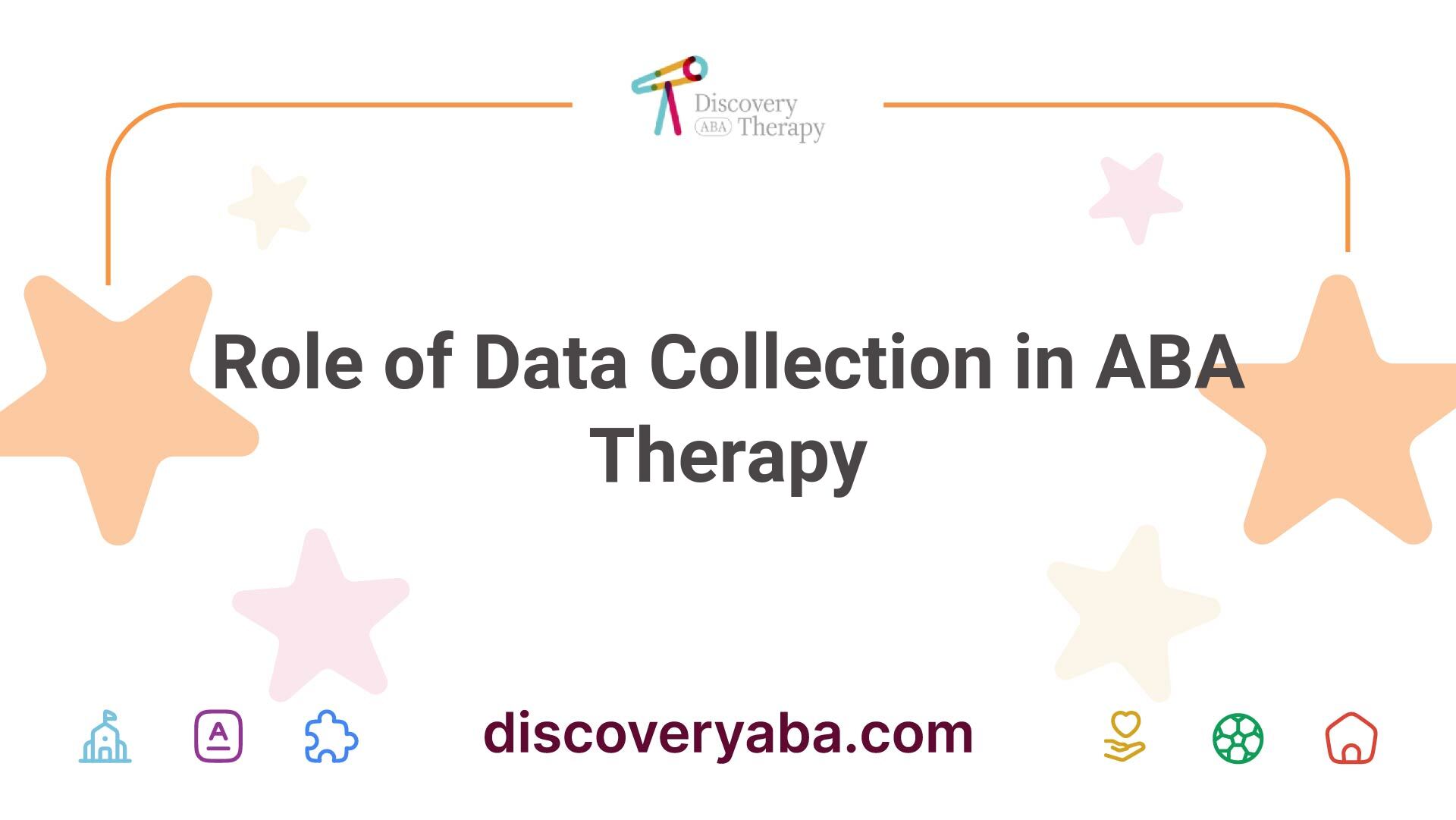
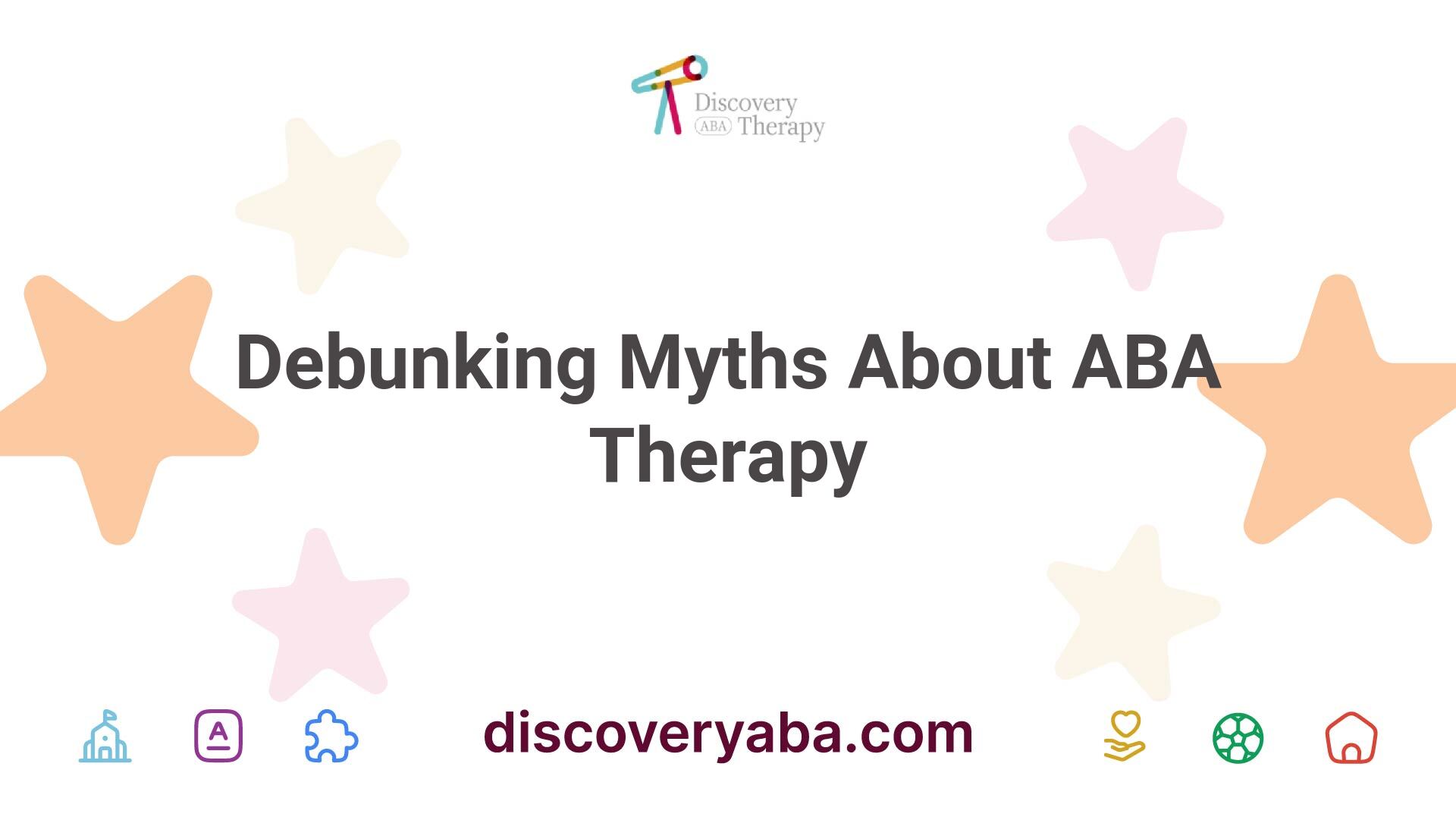
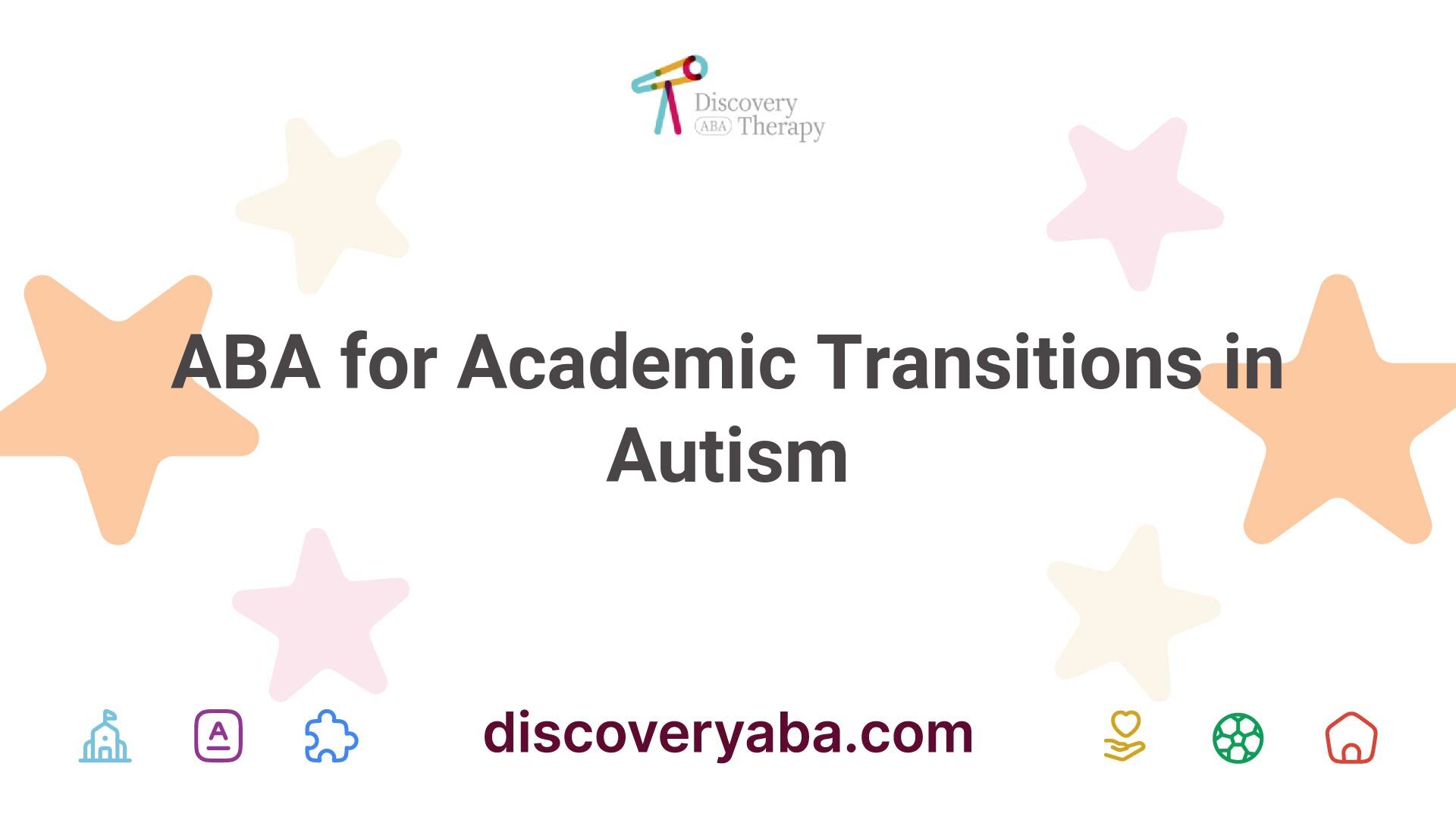
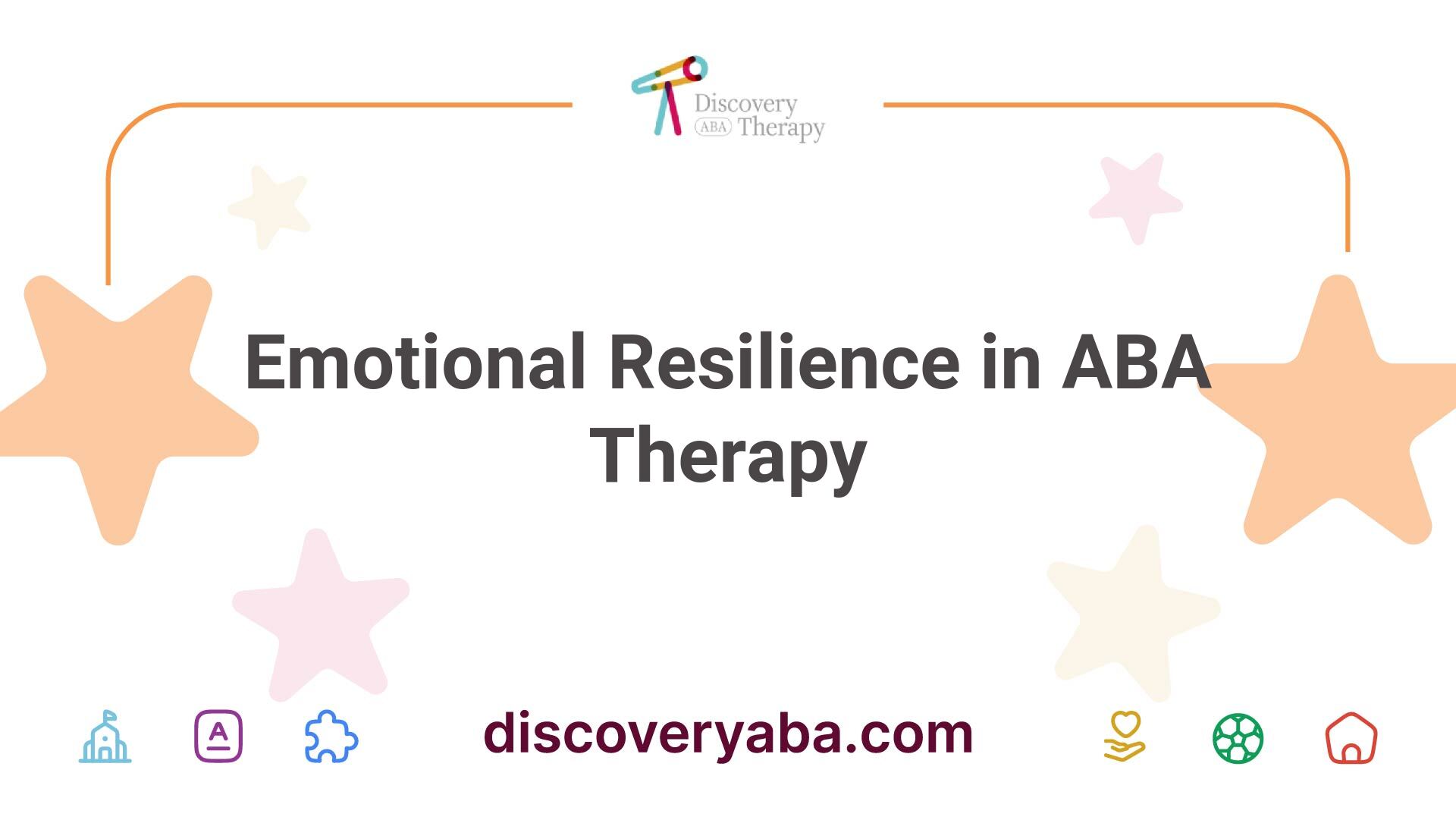
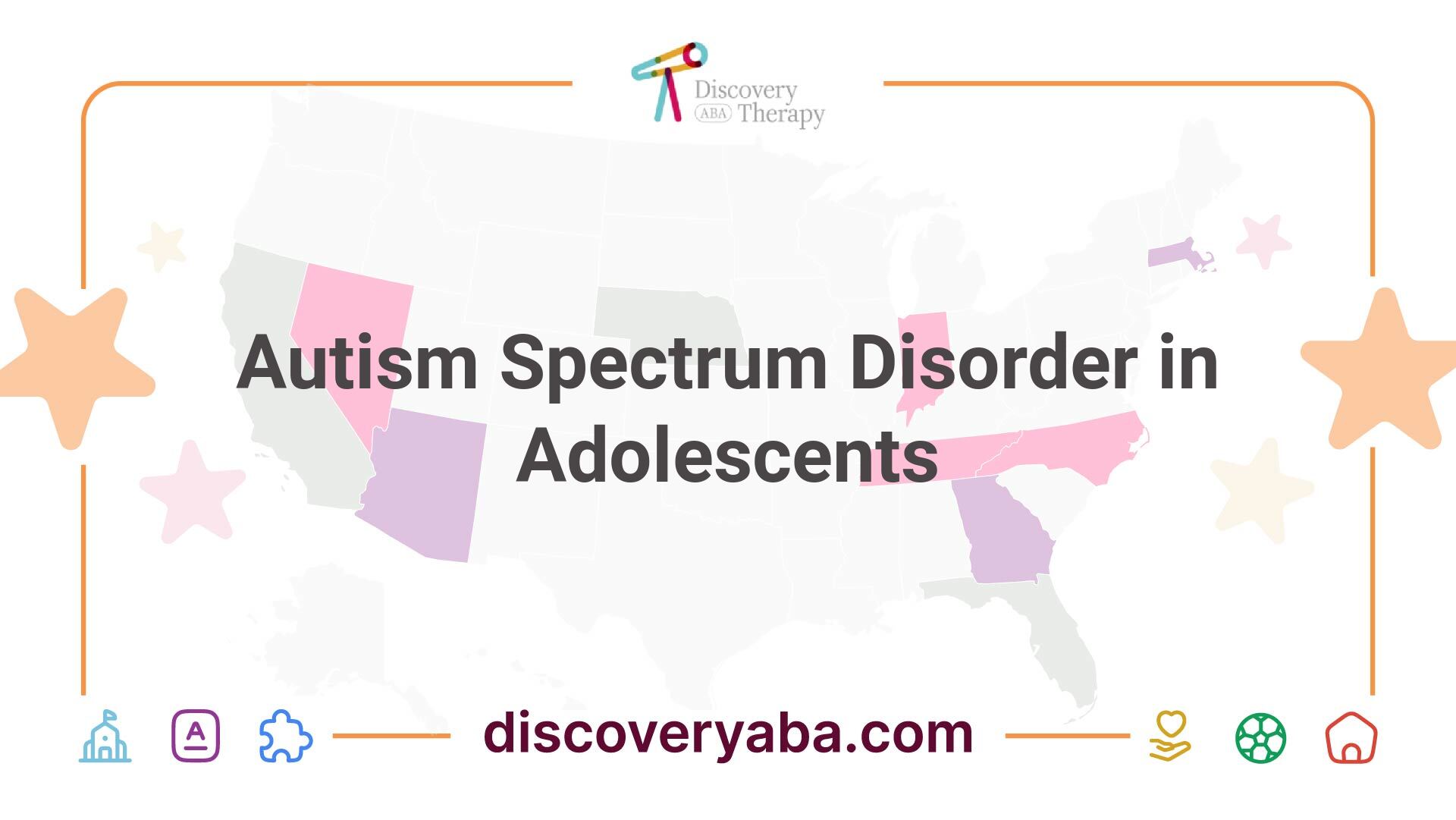
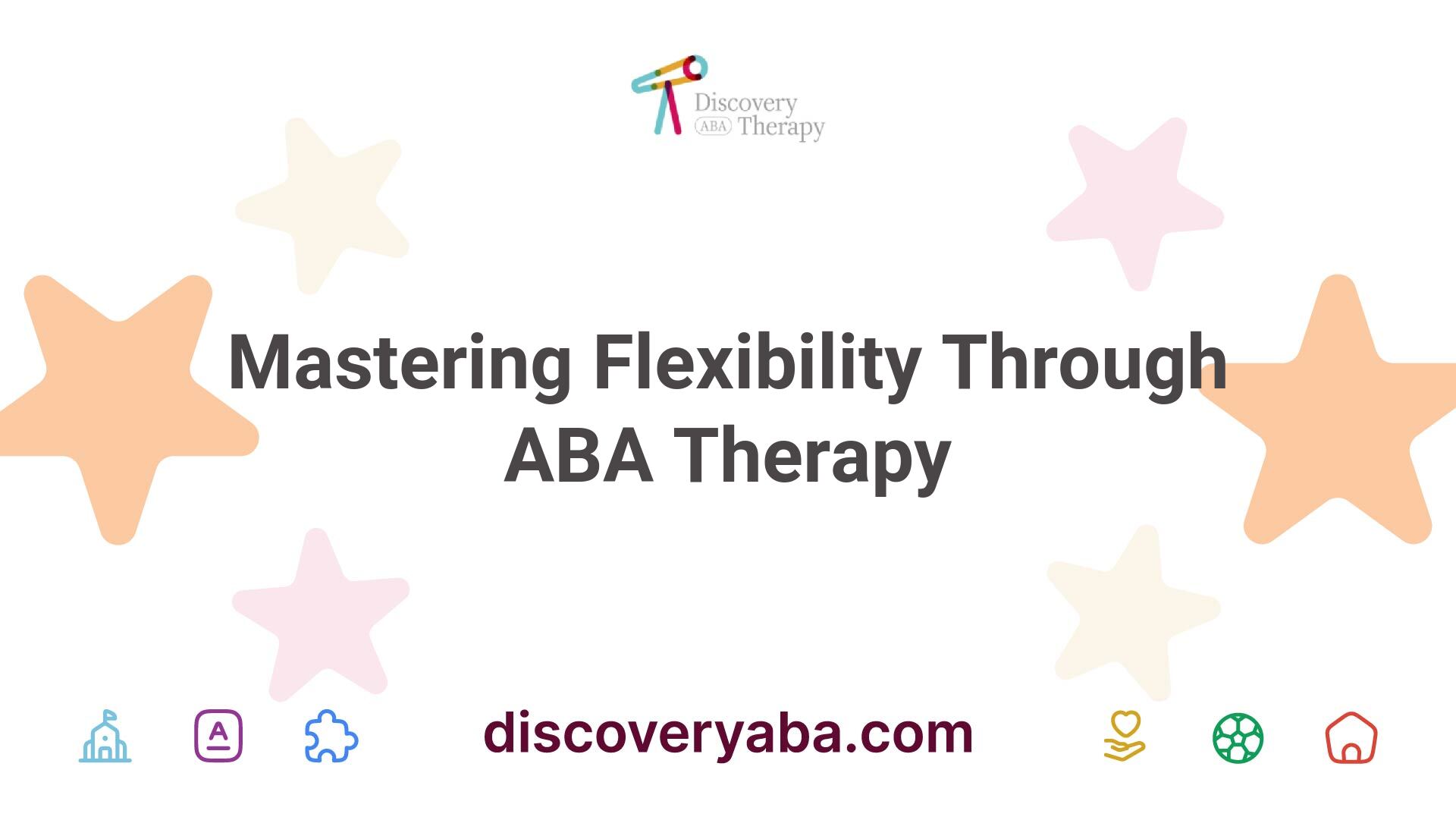

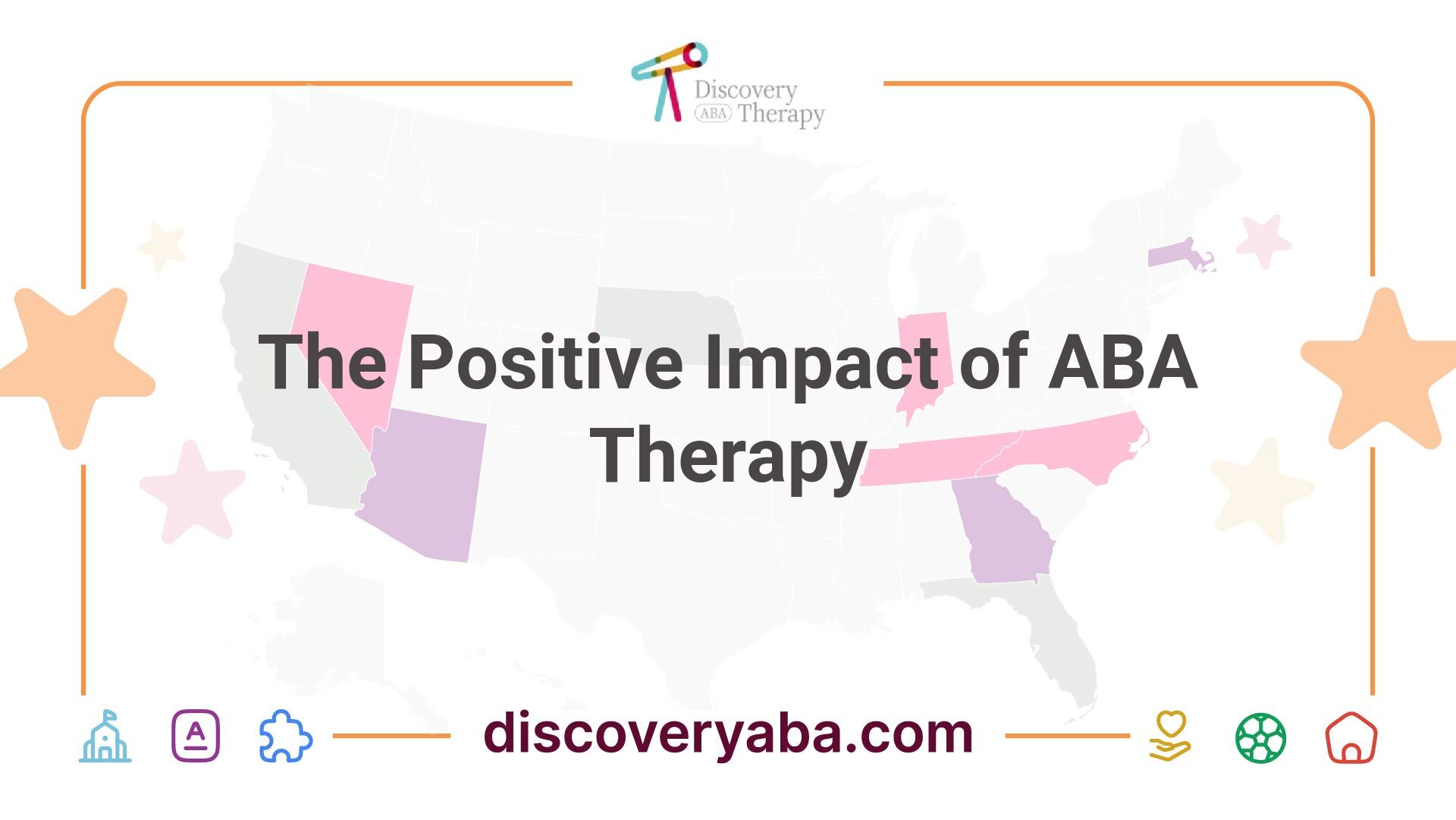
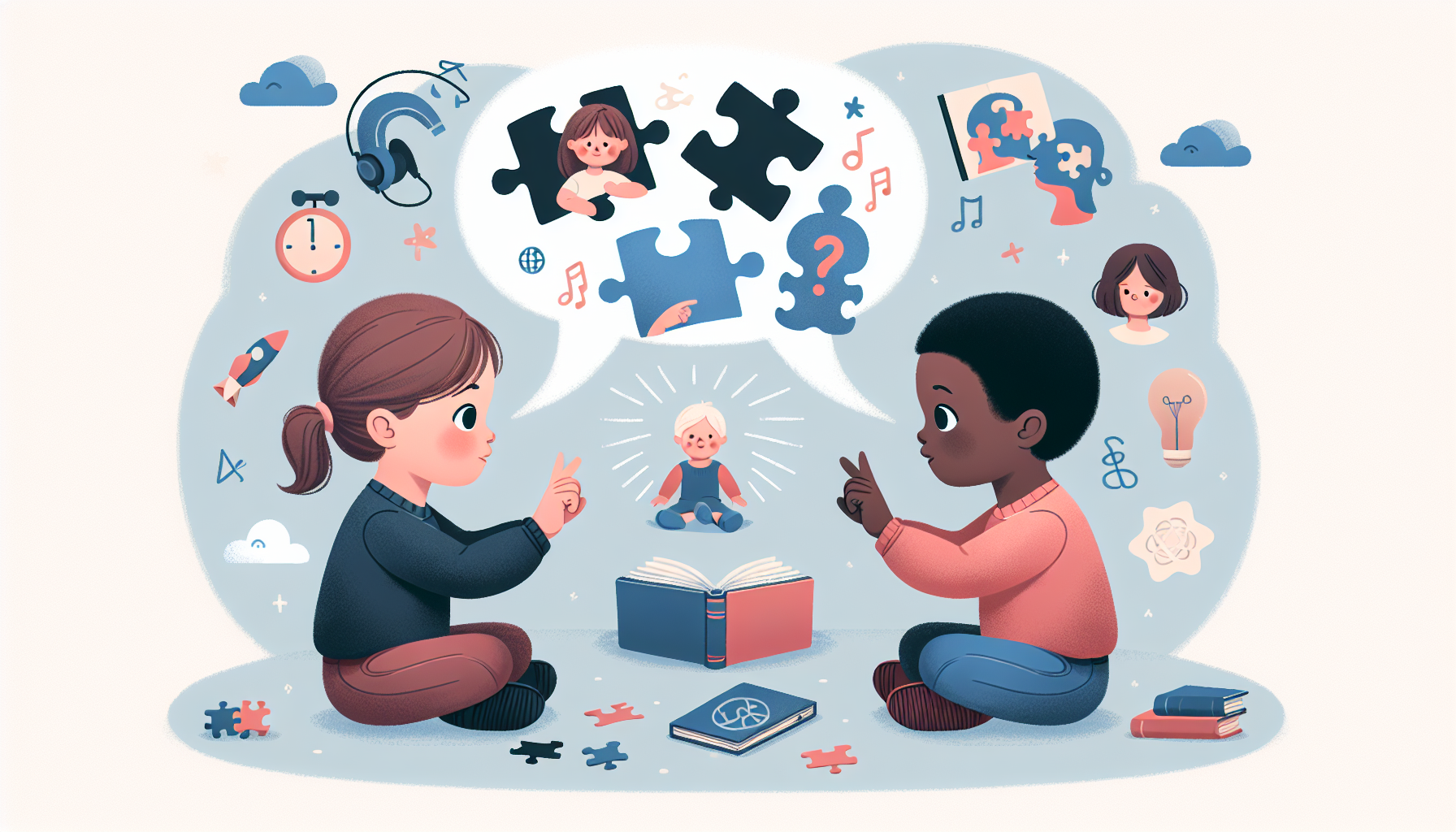

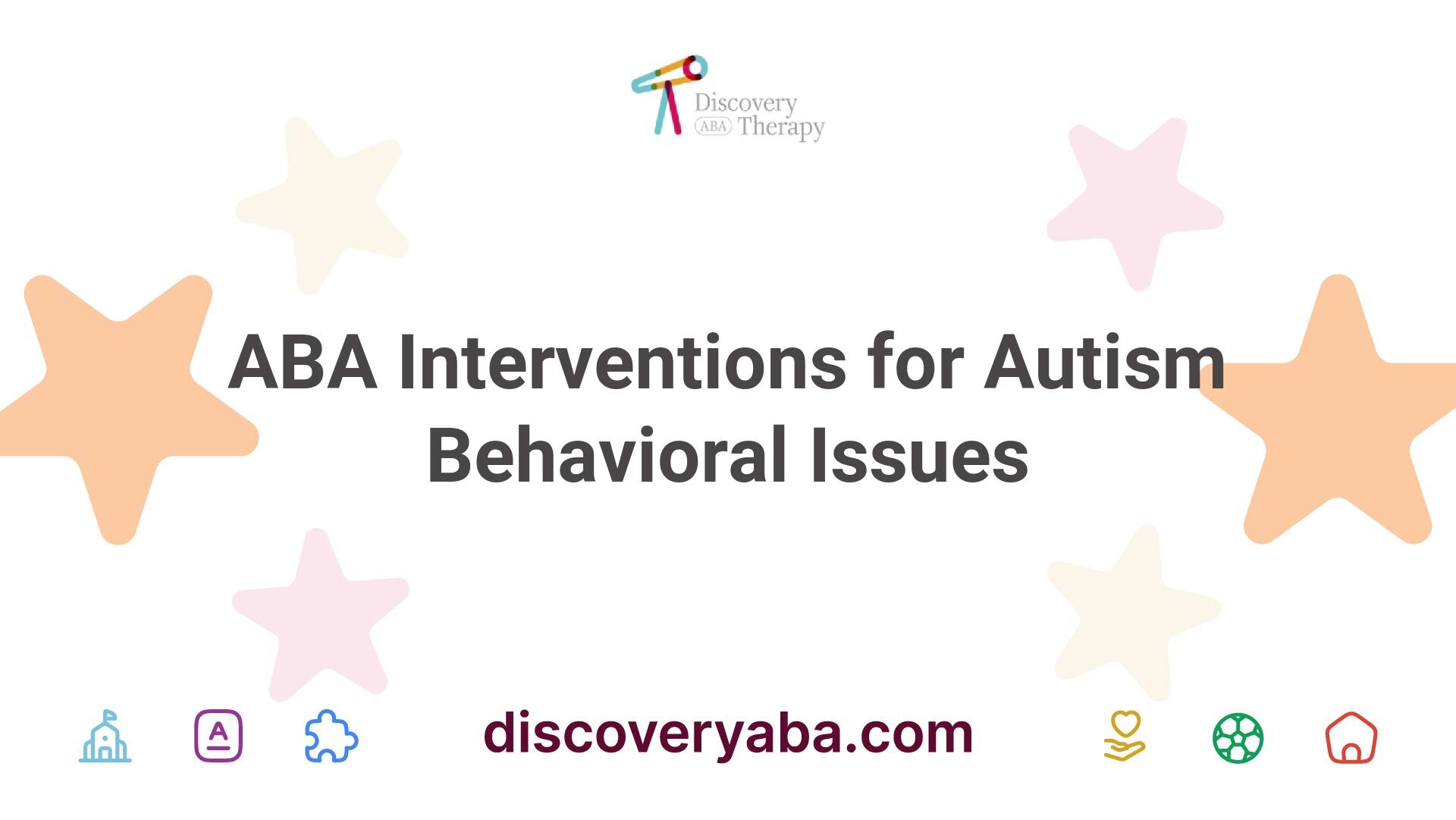

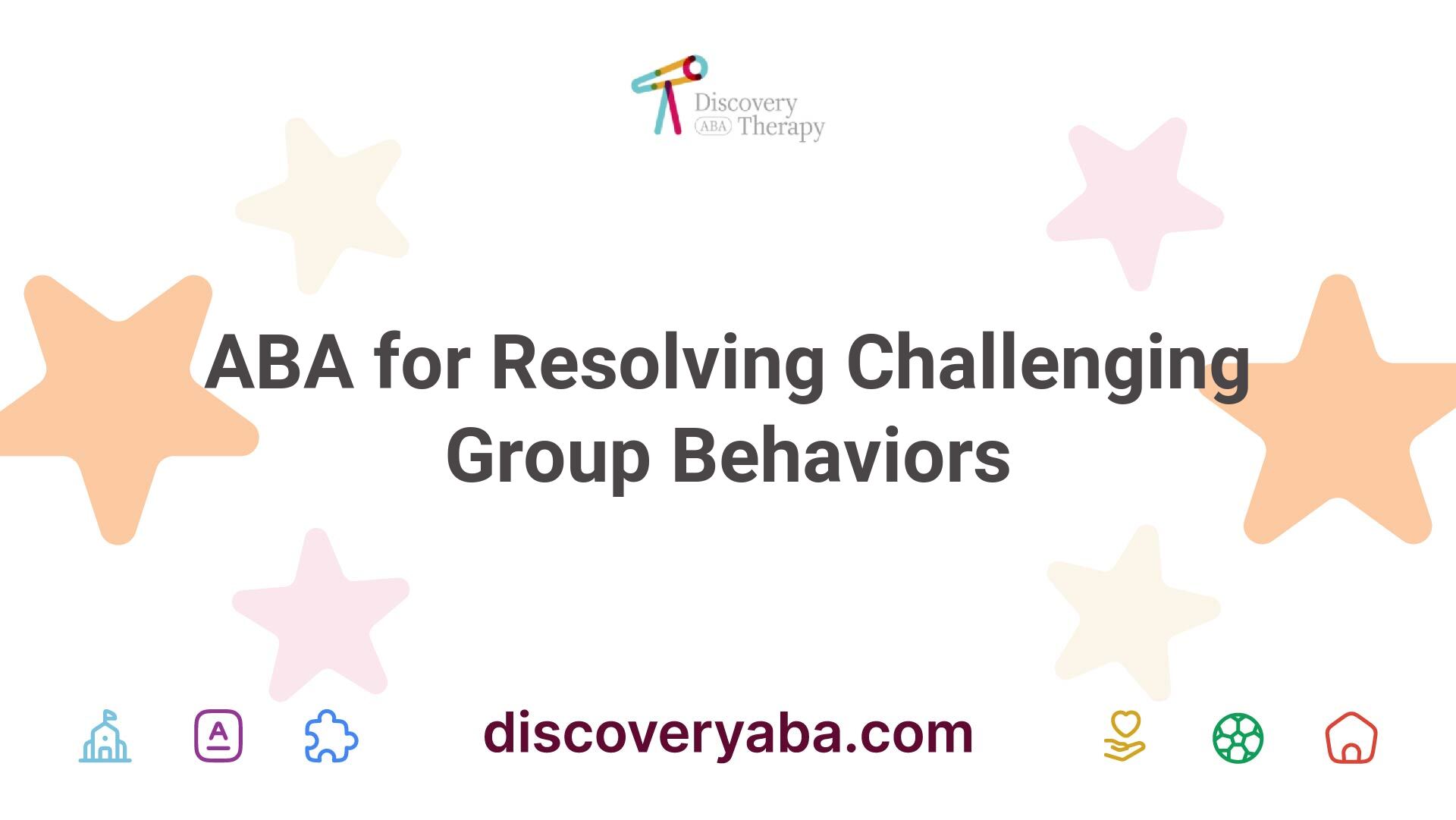
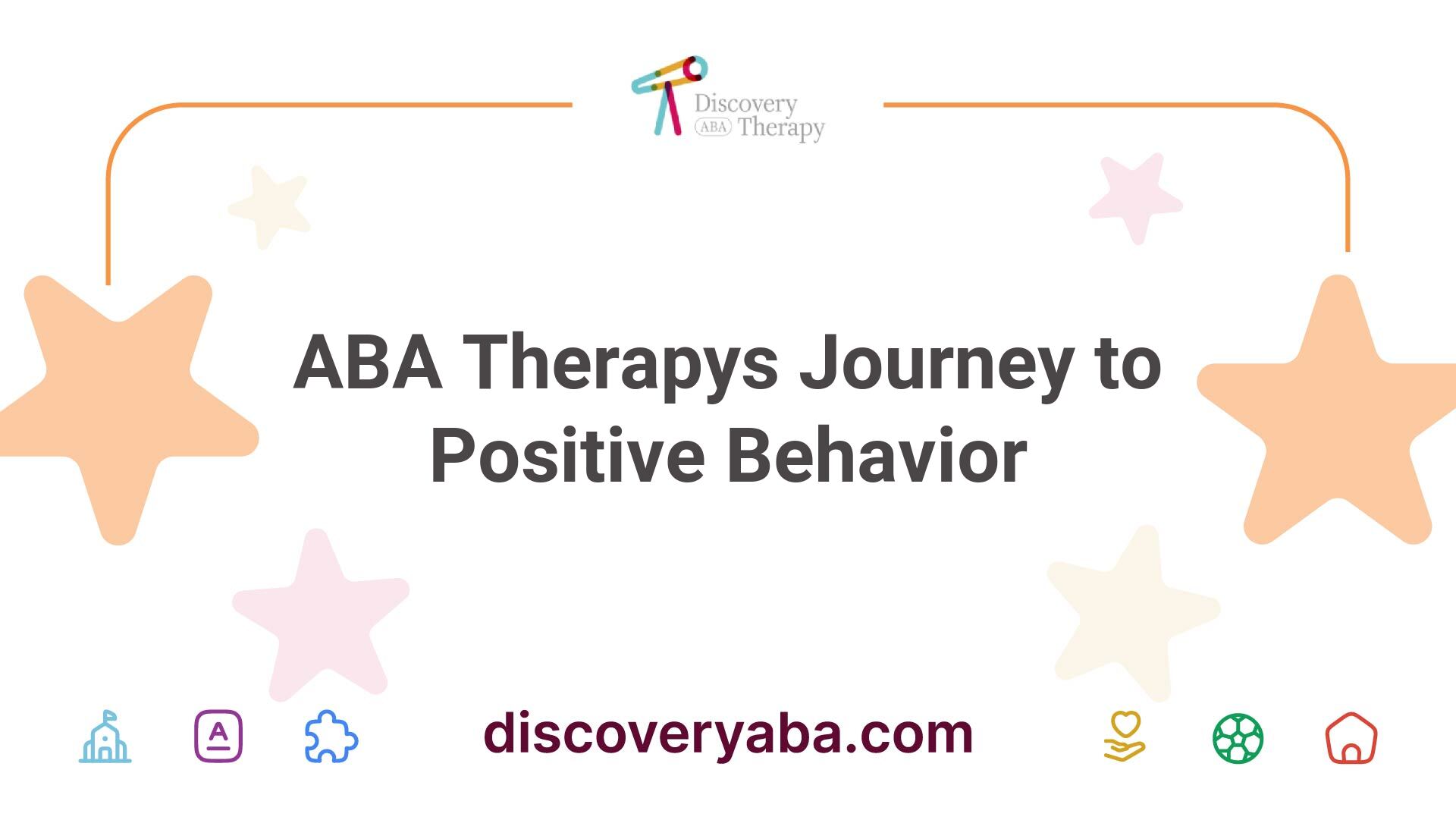
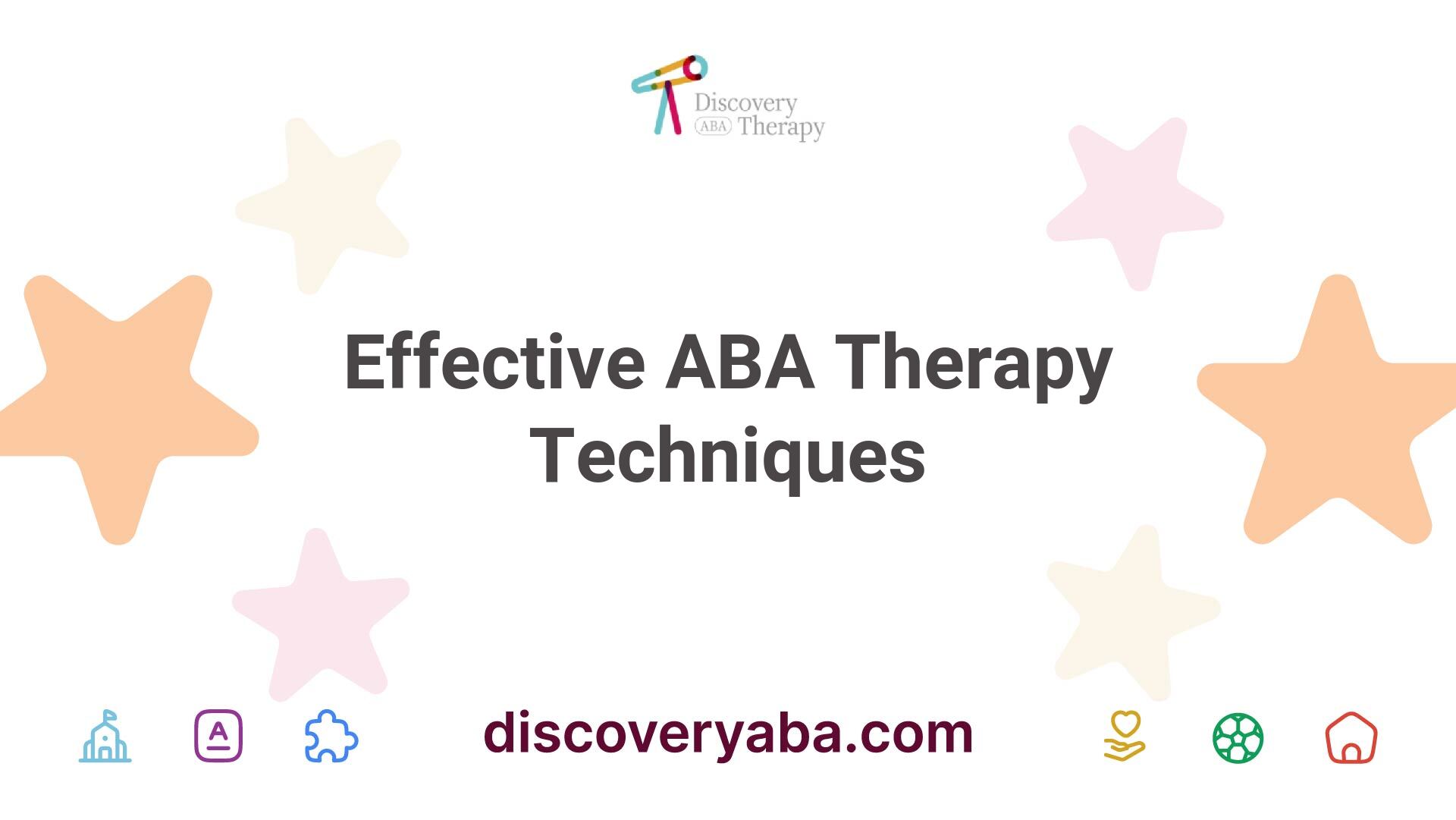
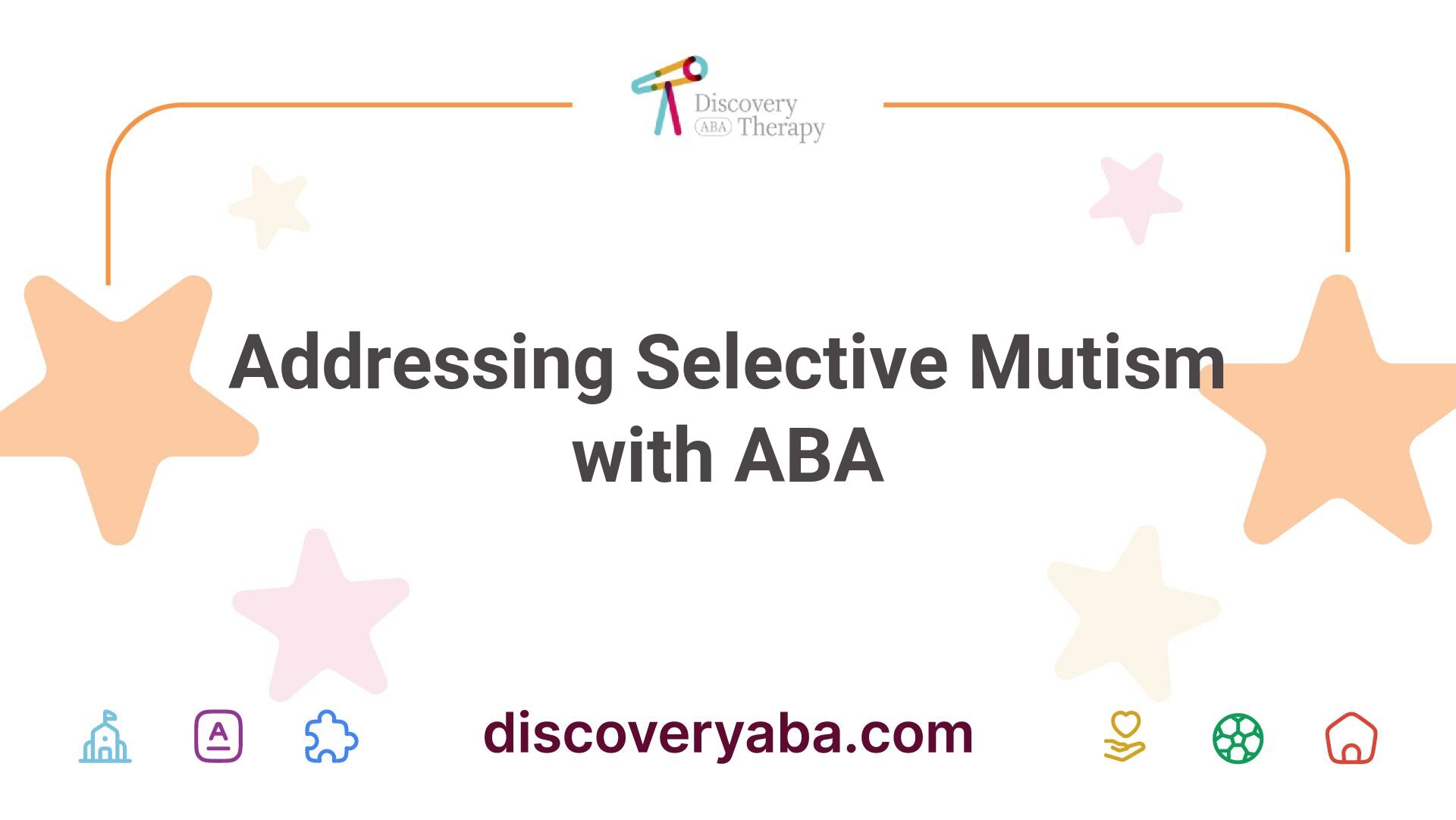
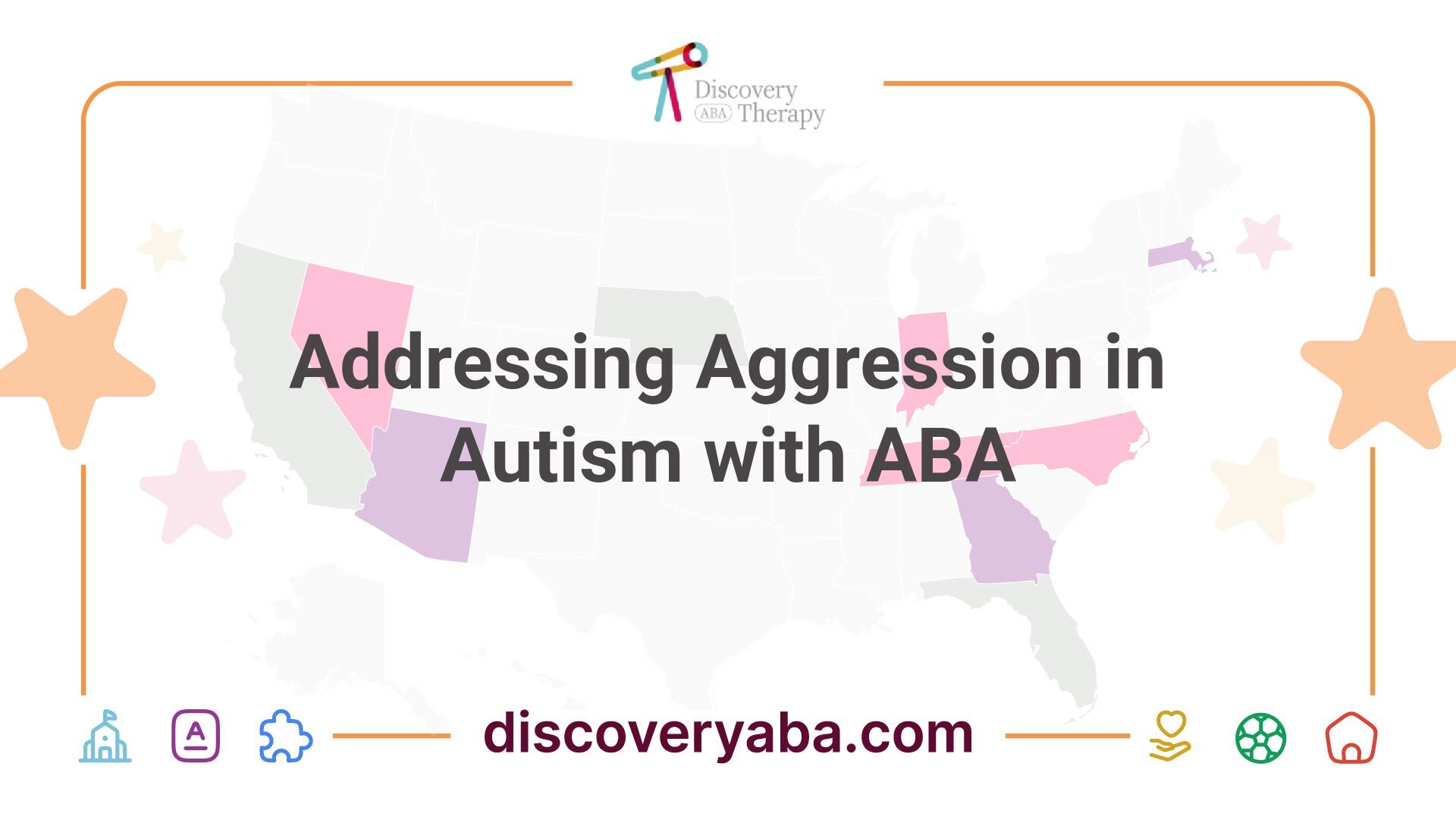
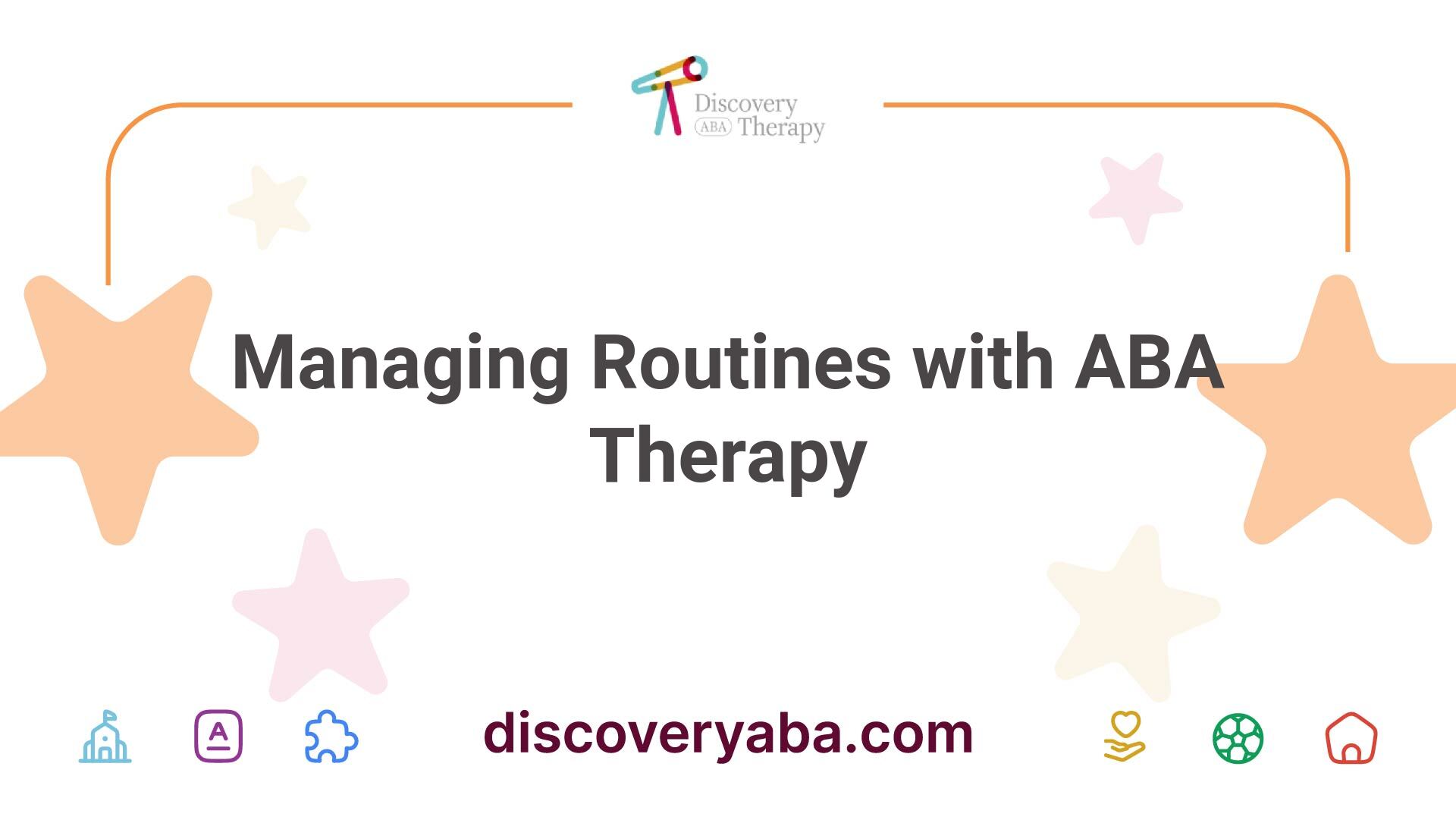
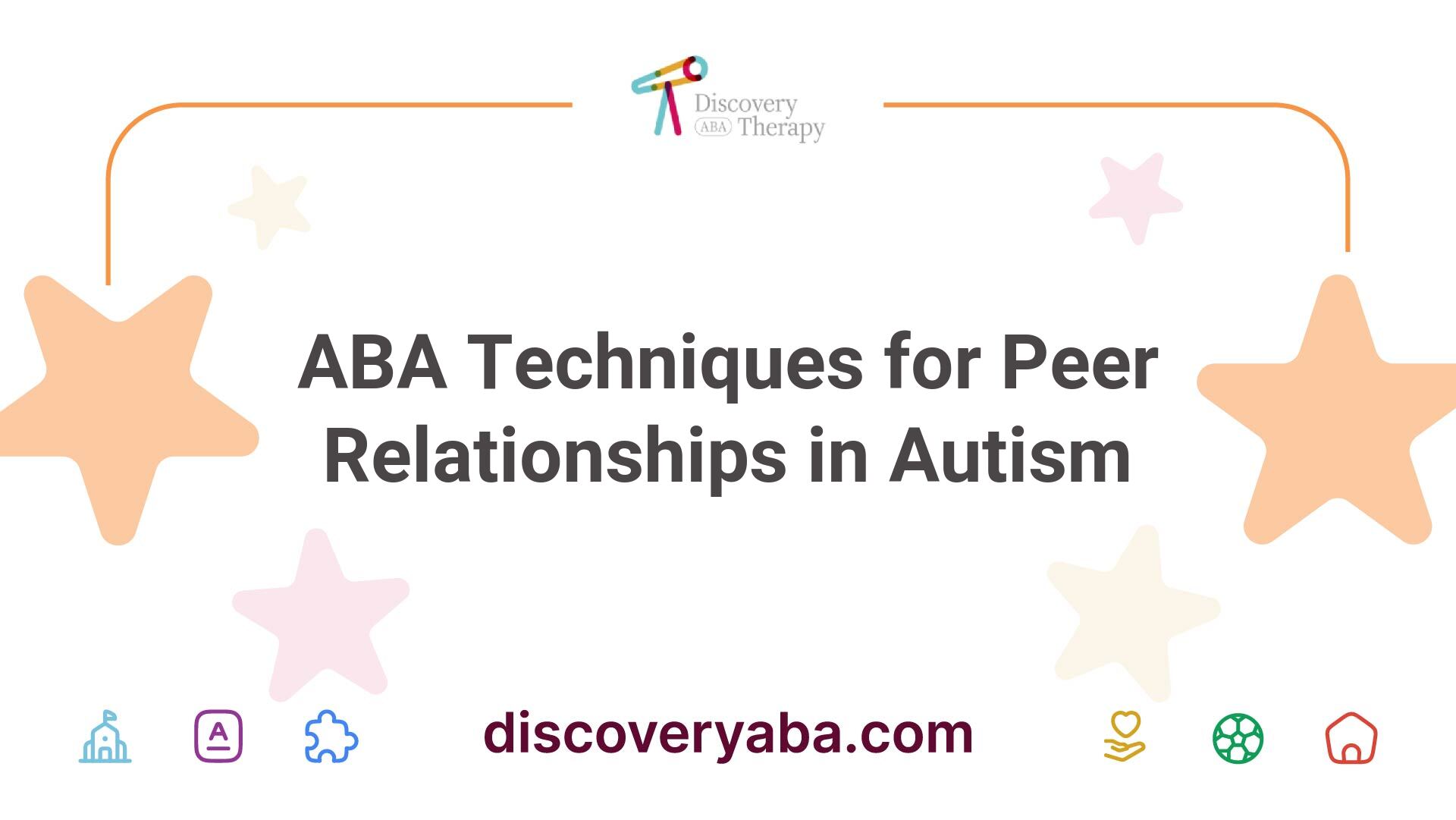
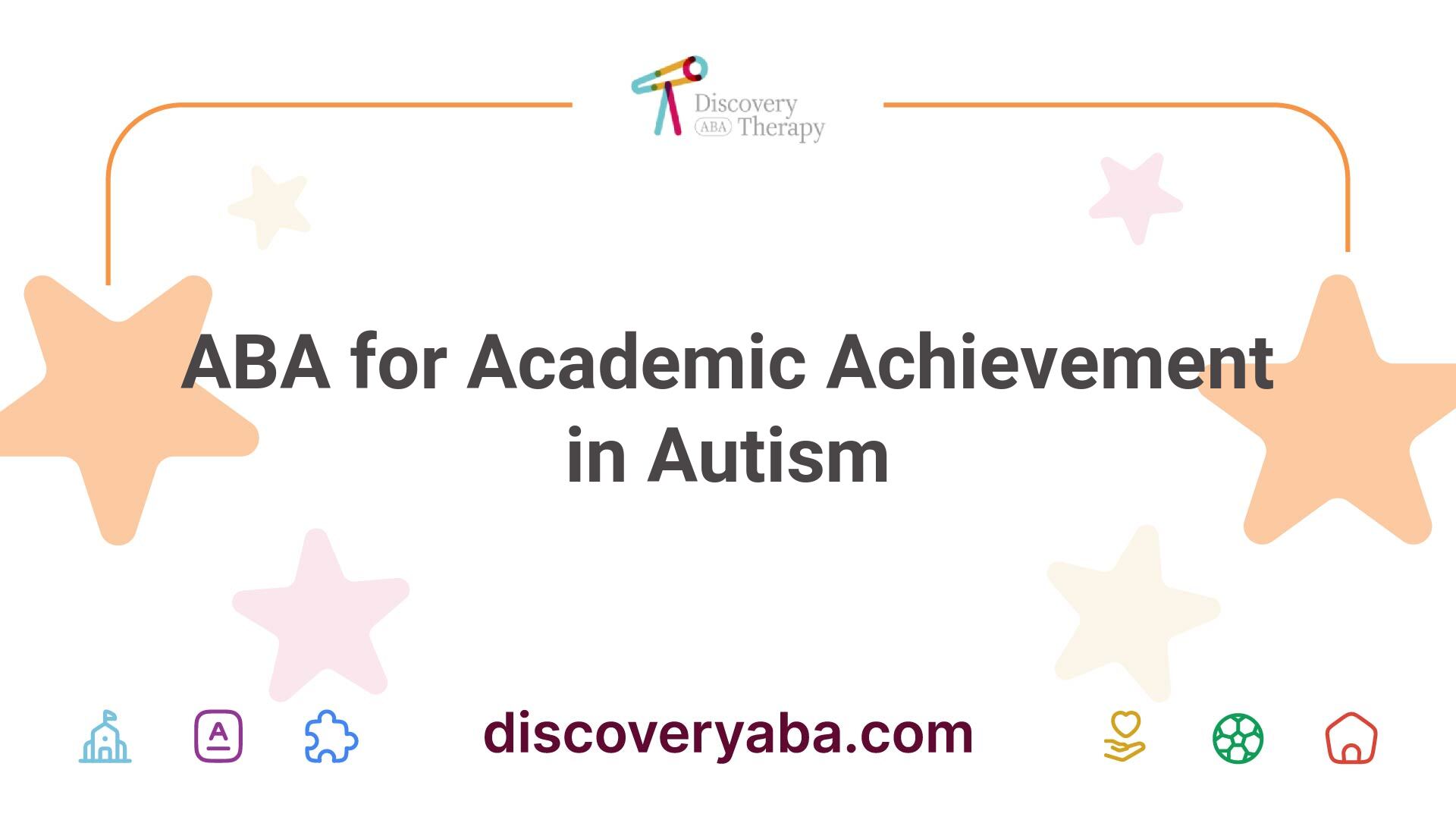
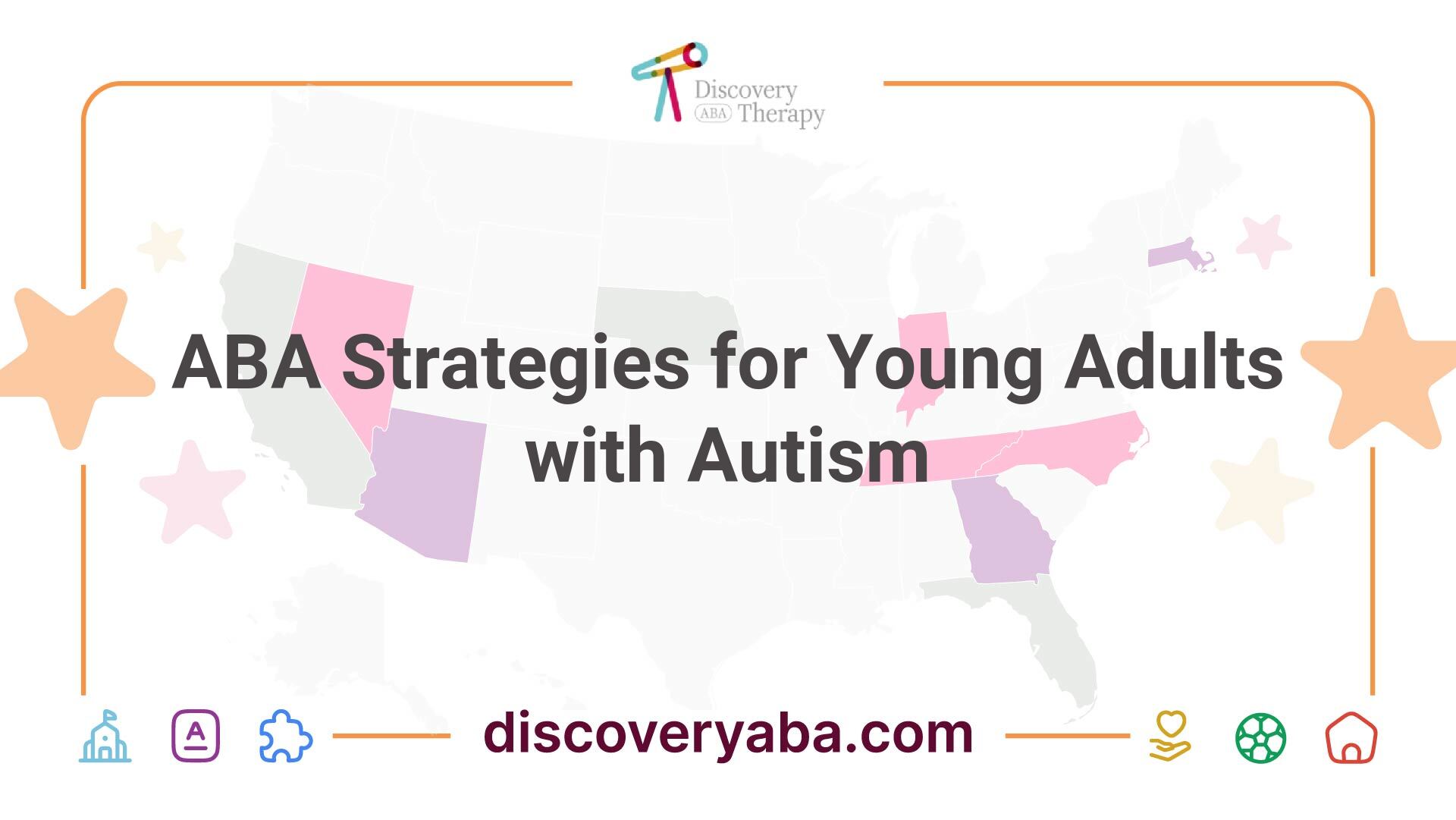
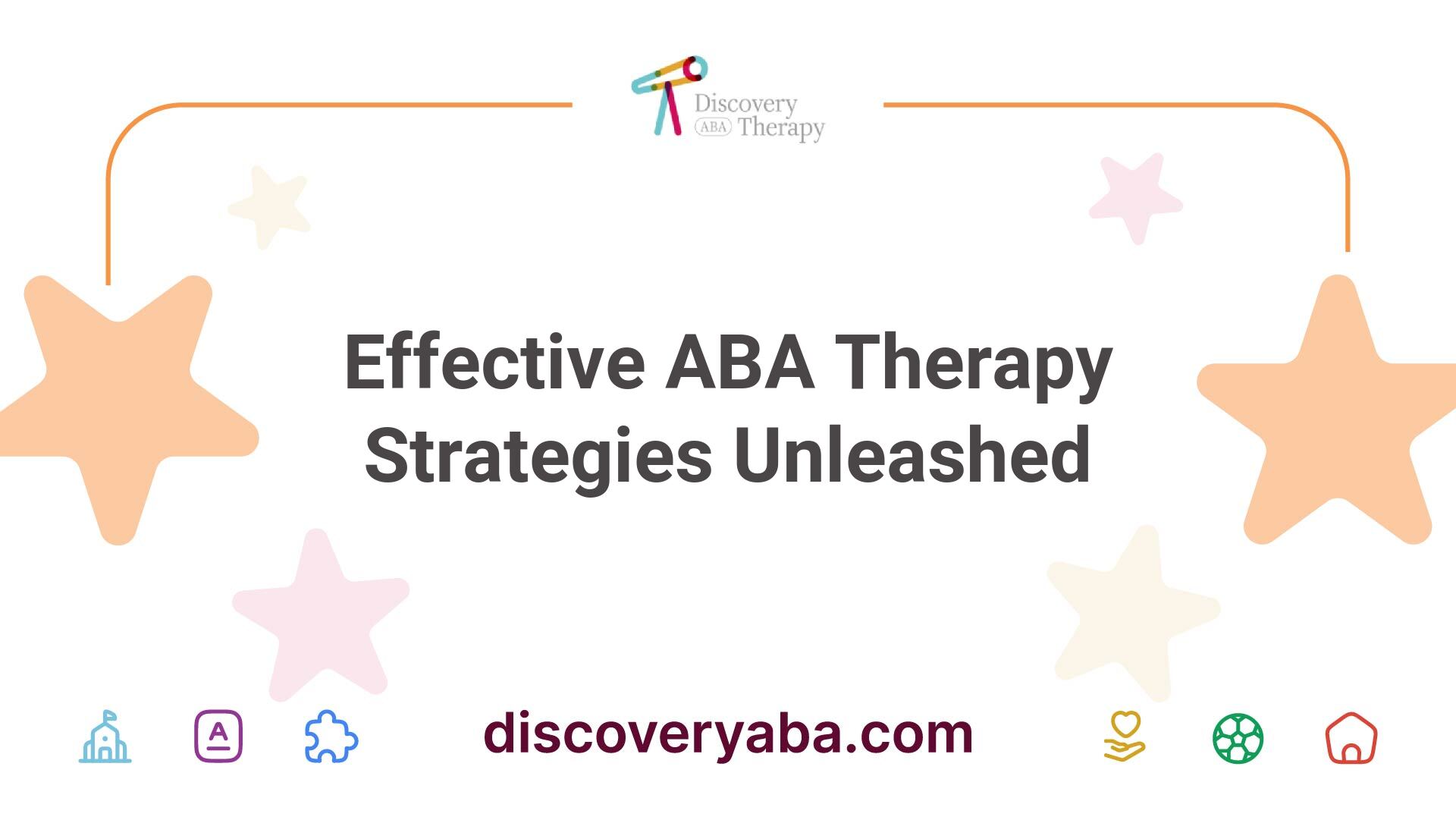
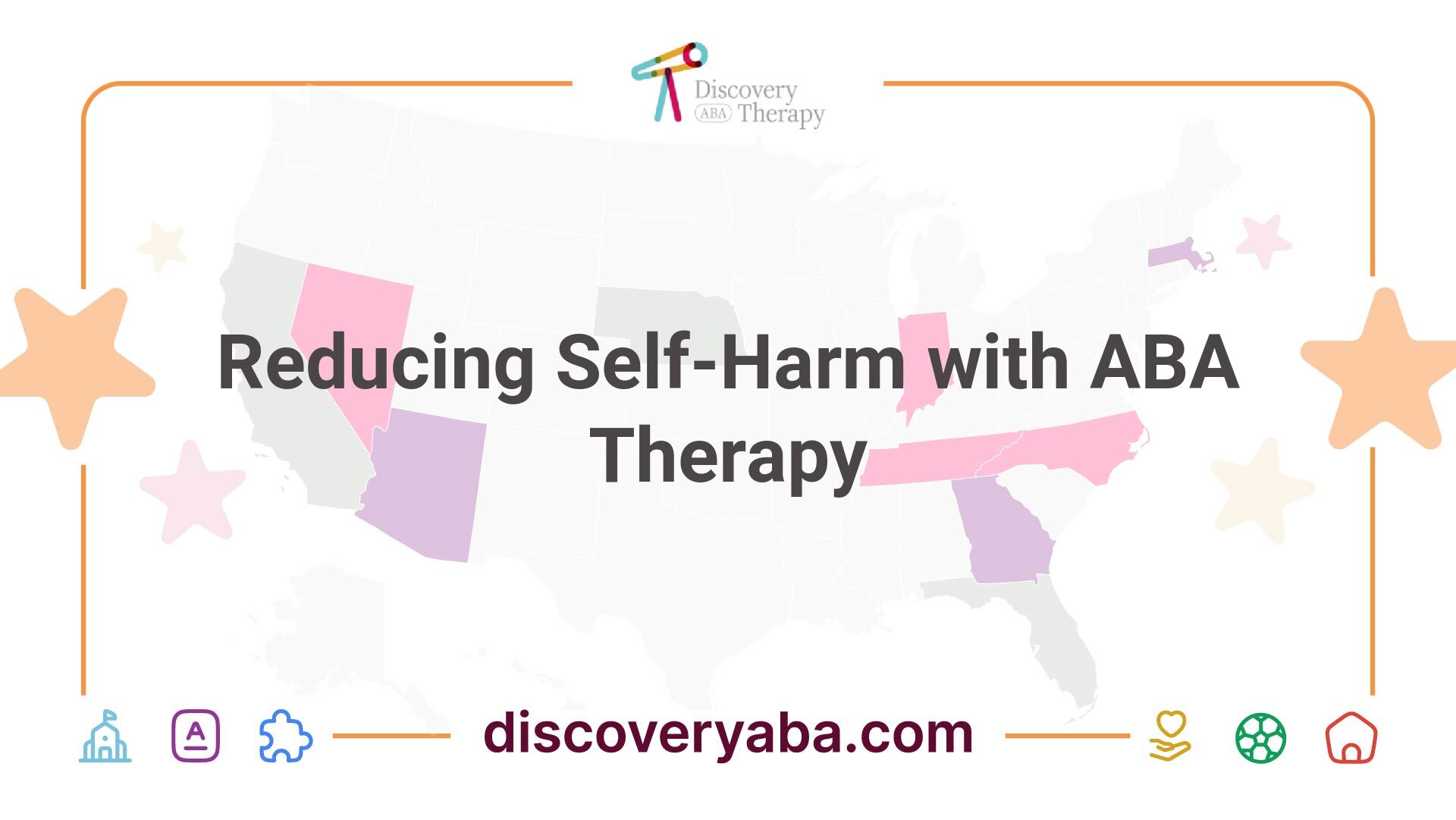
.jpg)
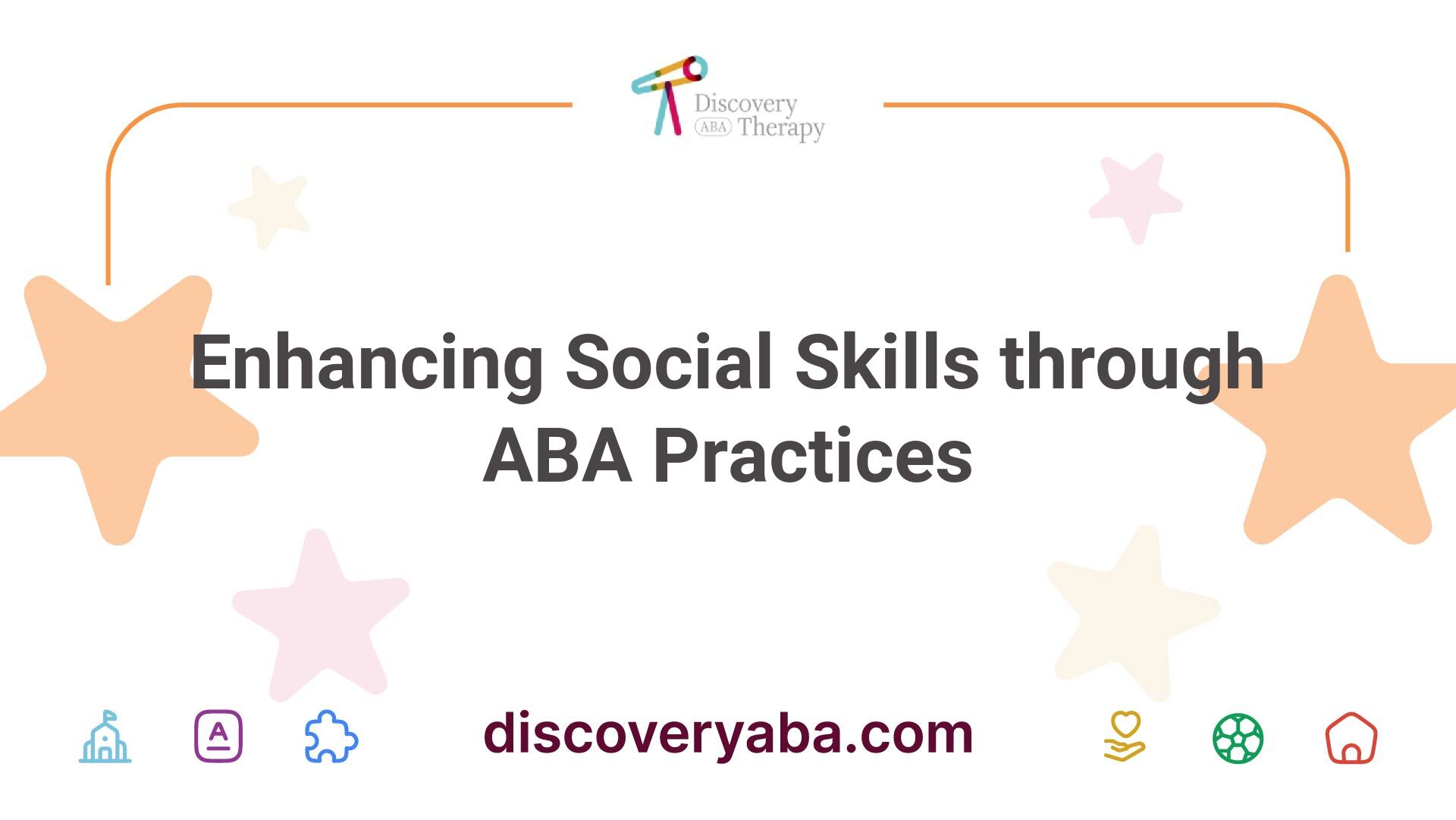
.jpg)
